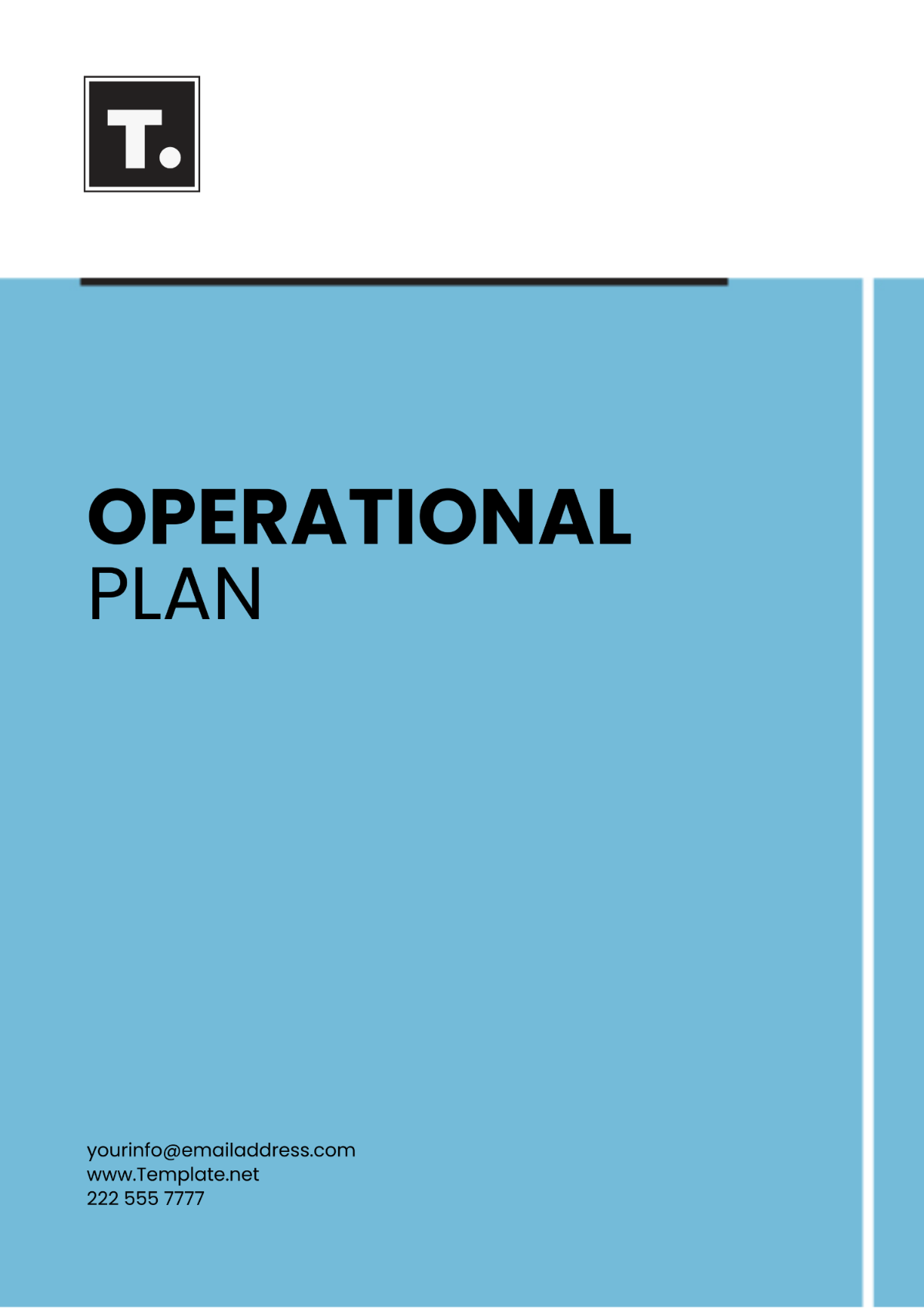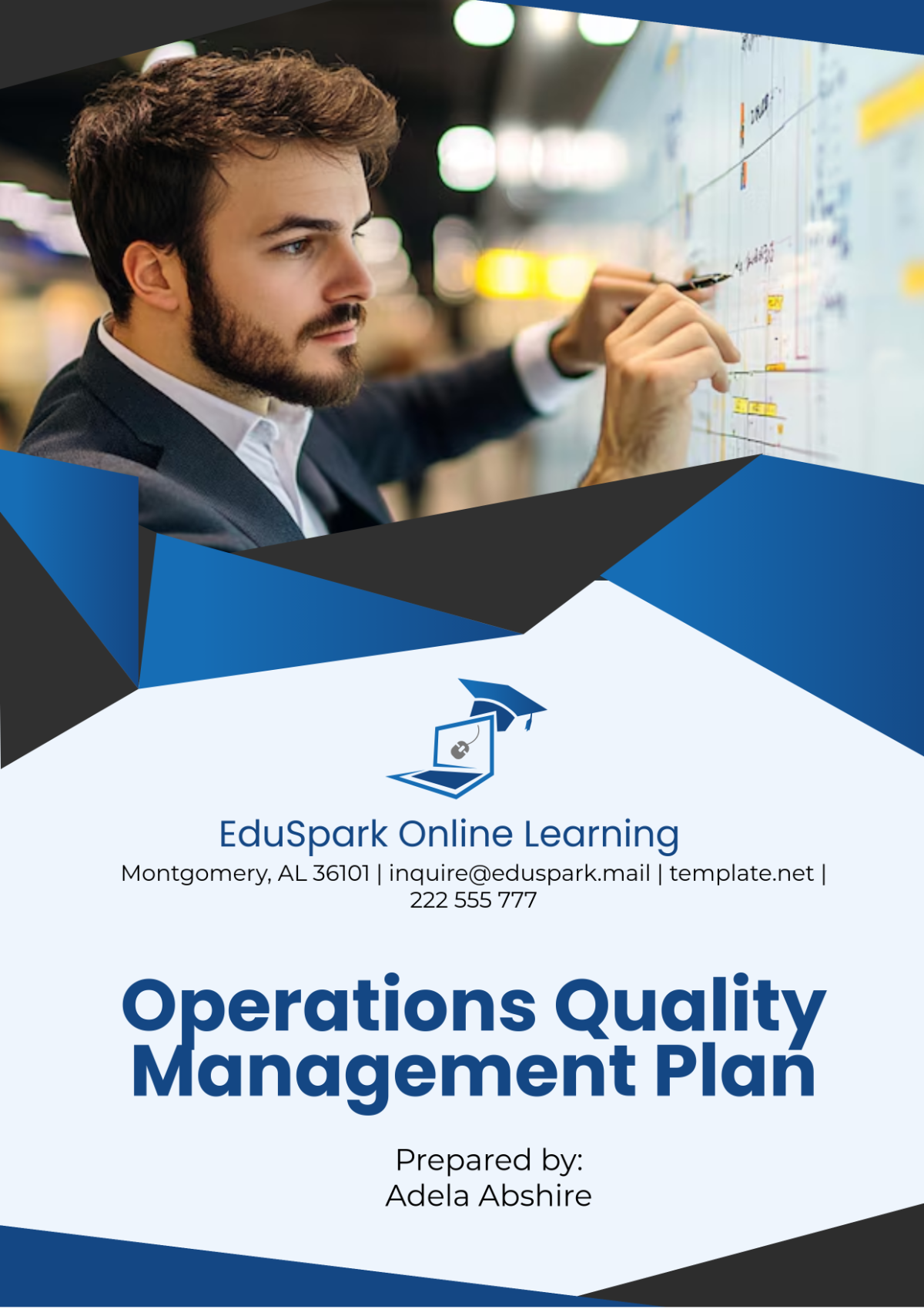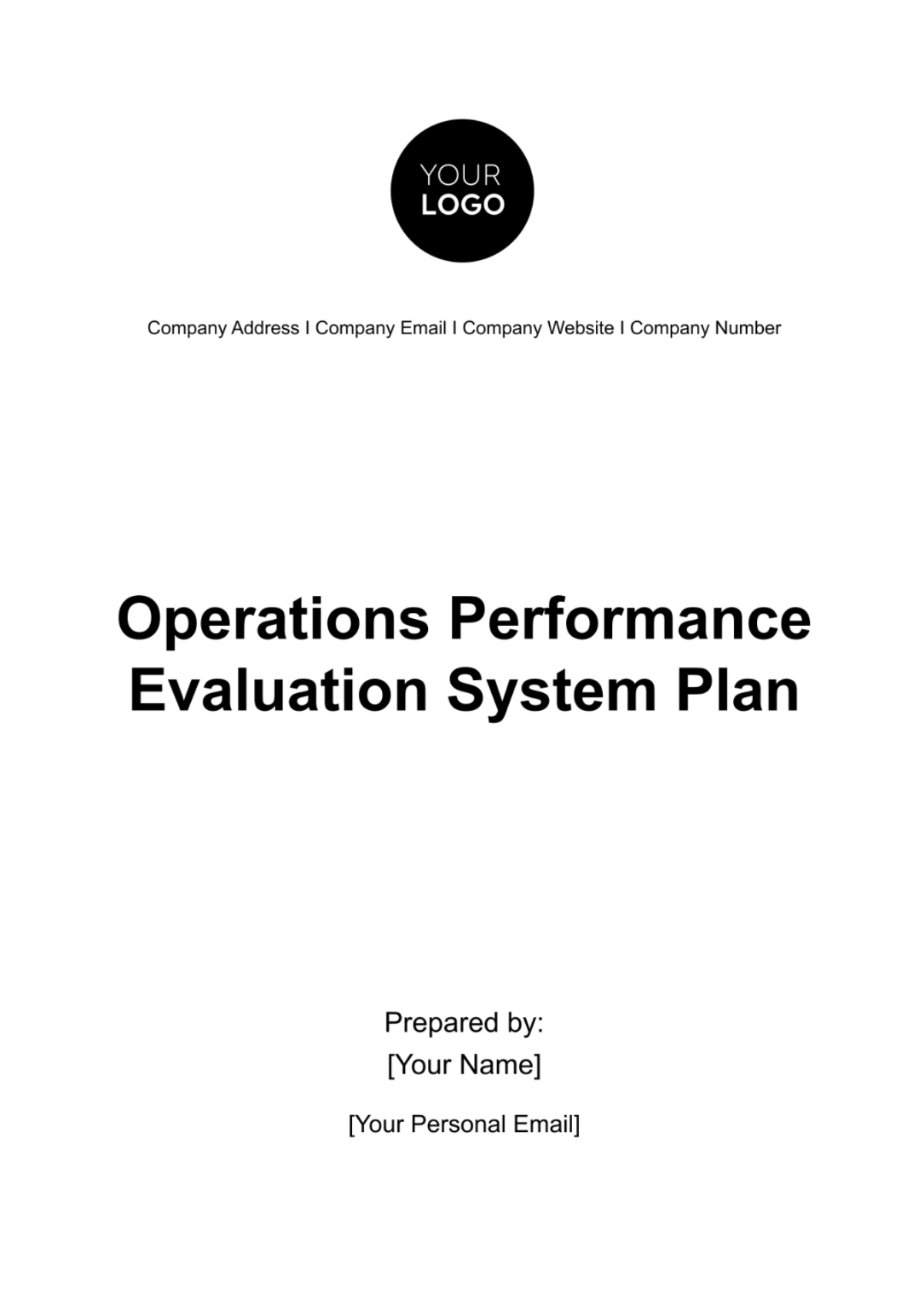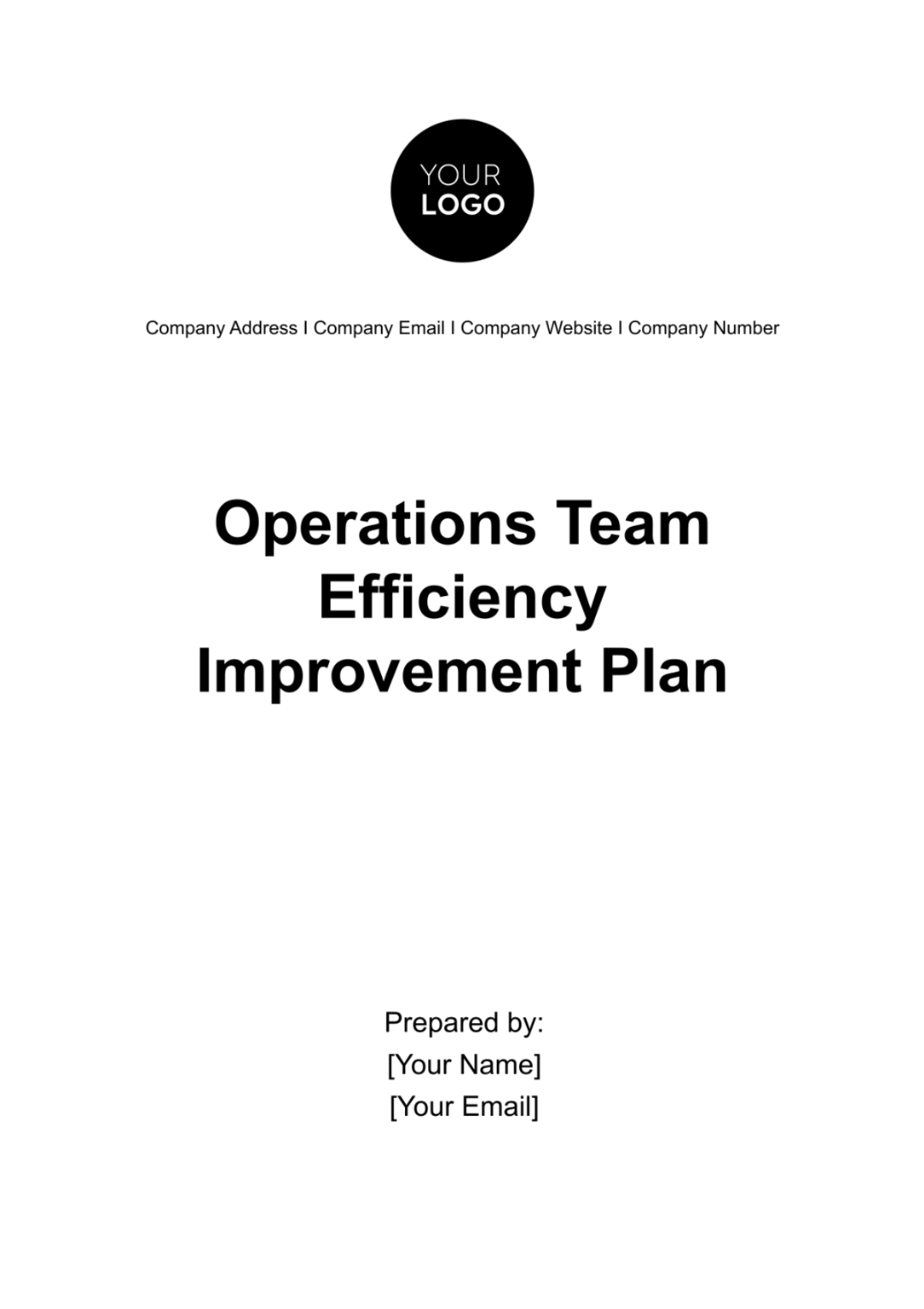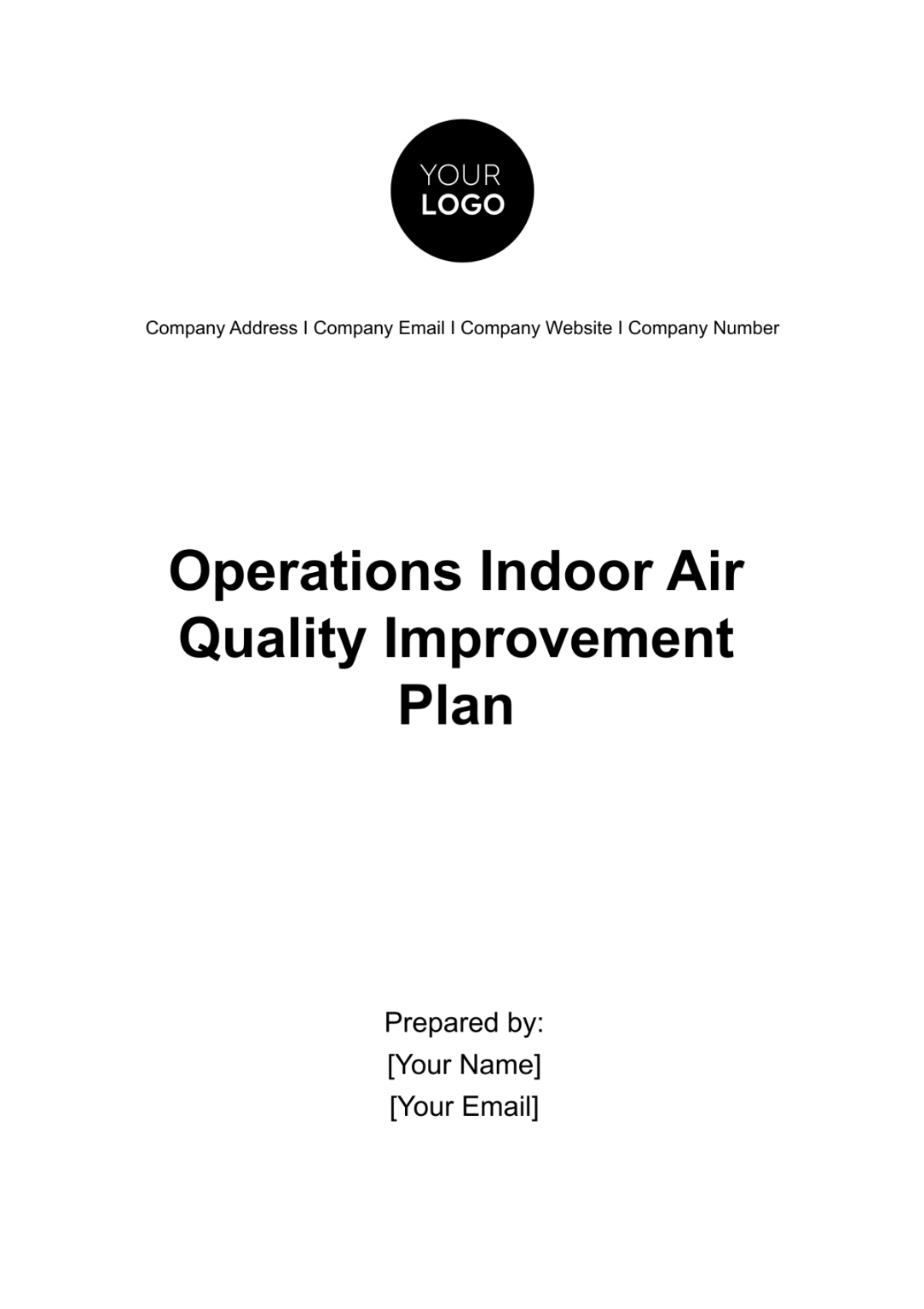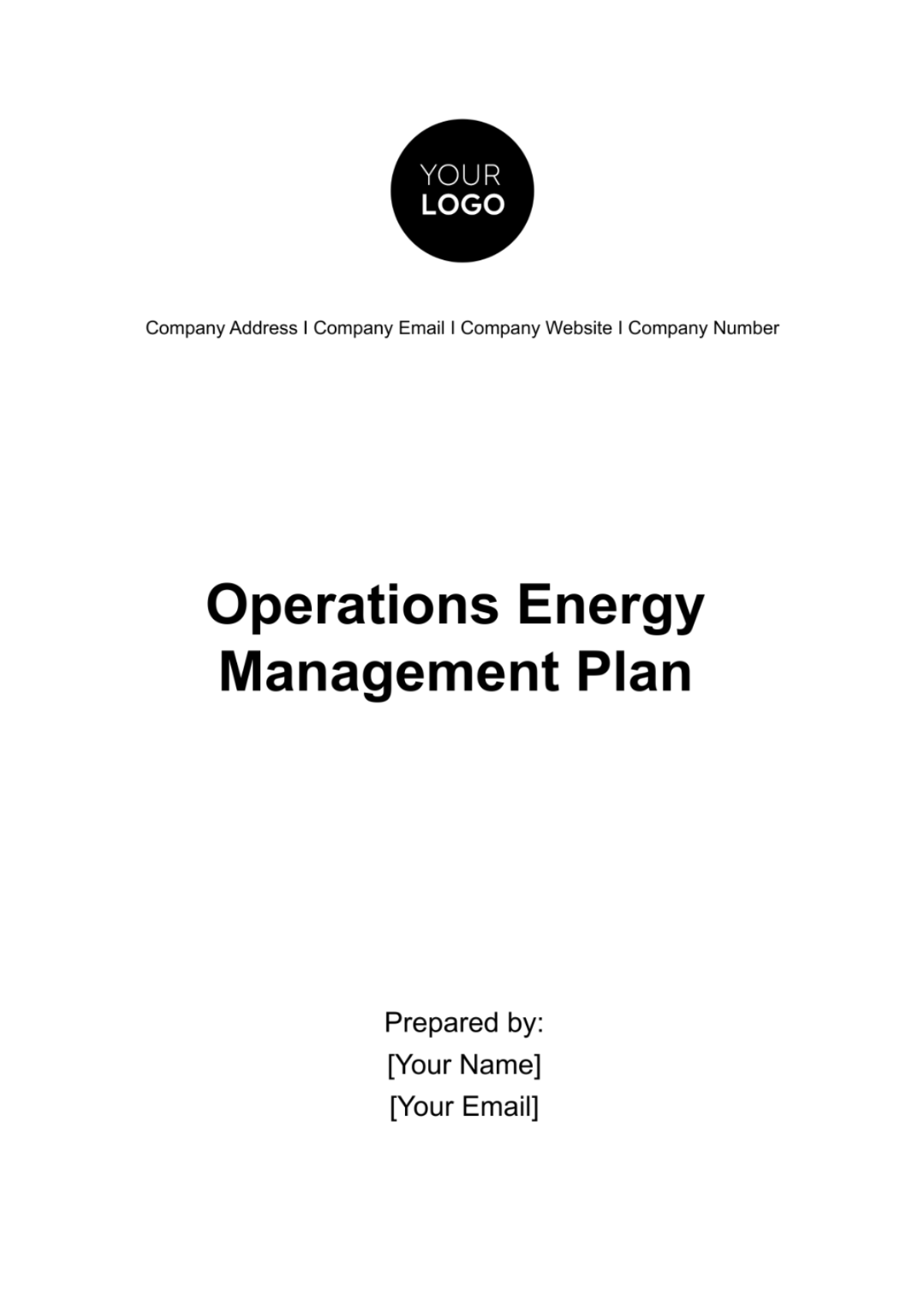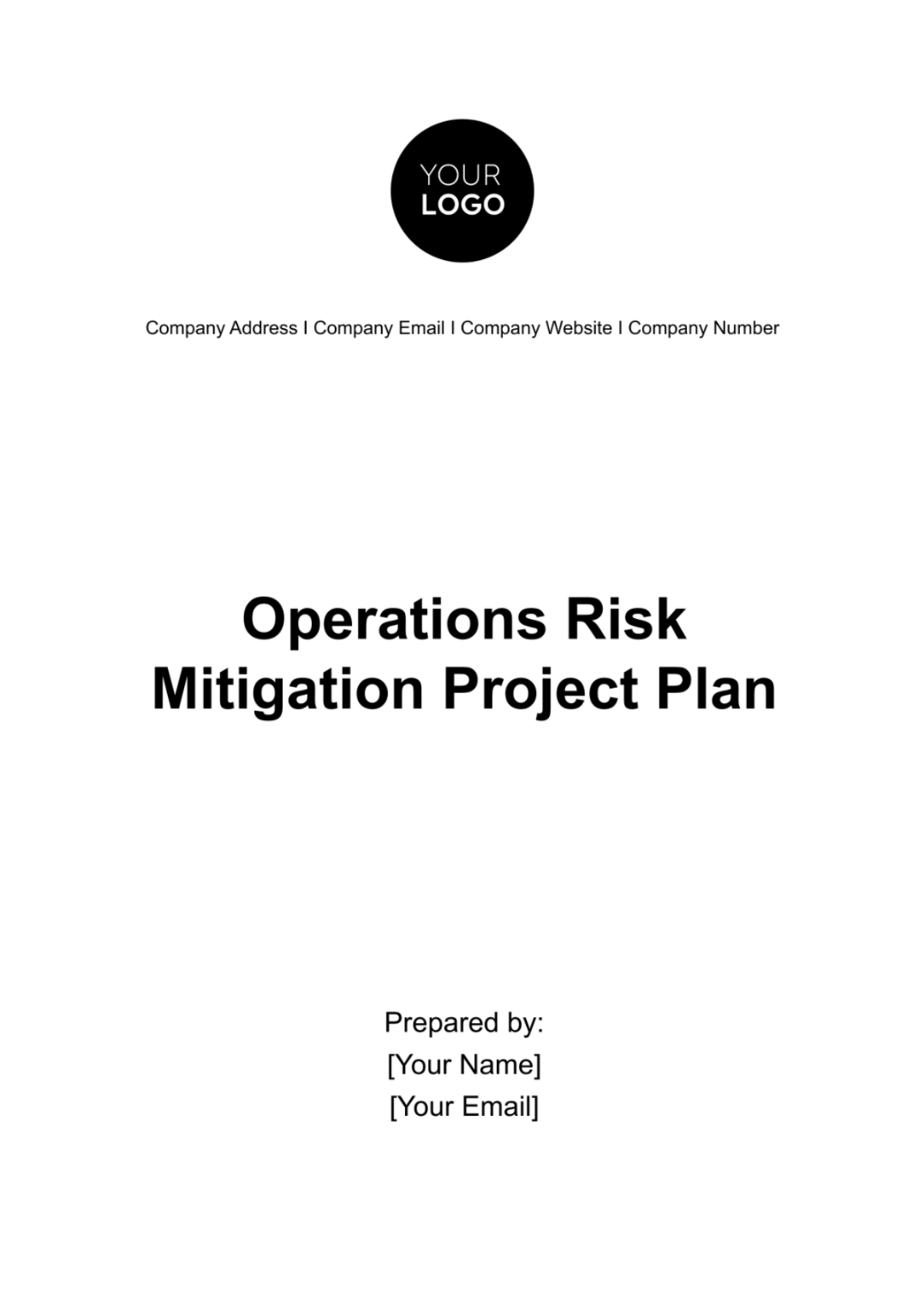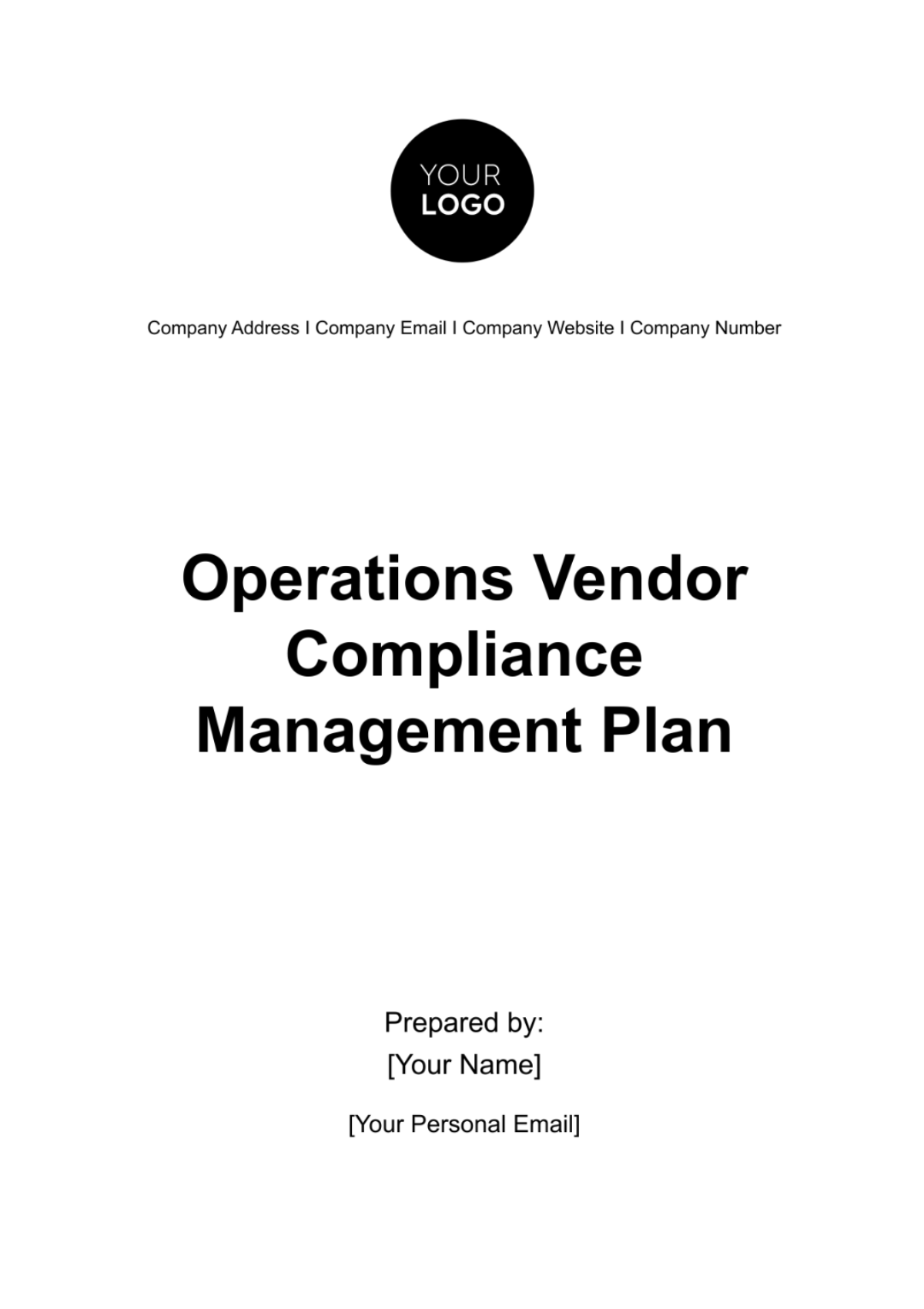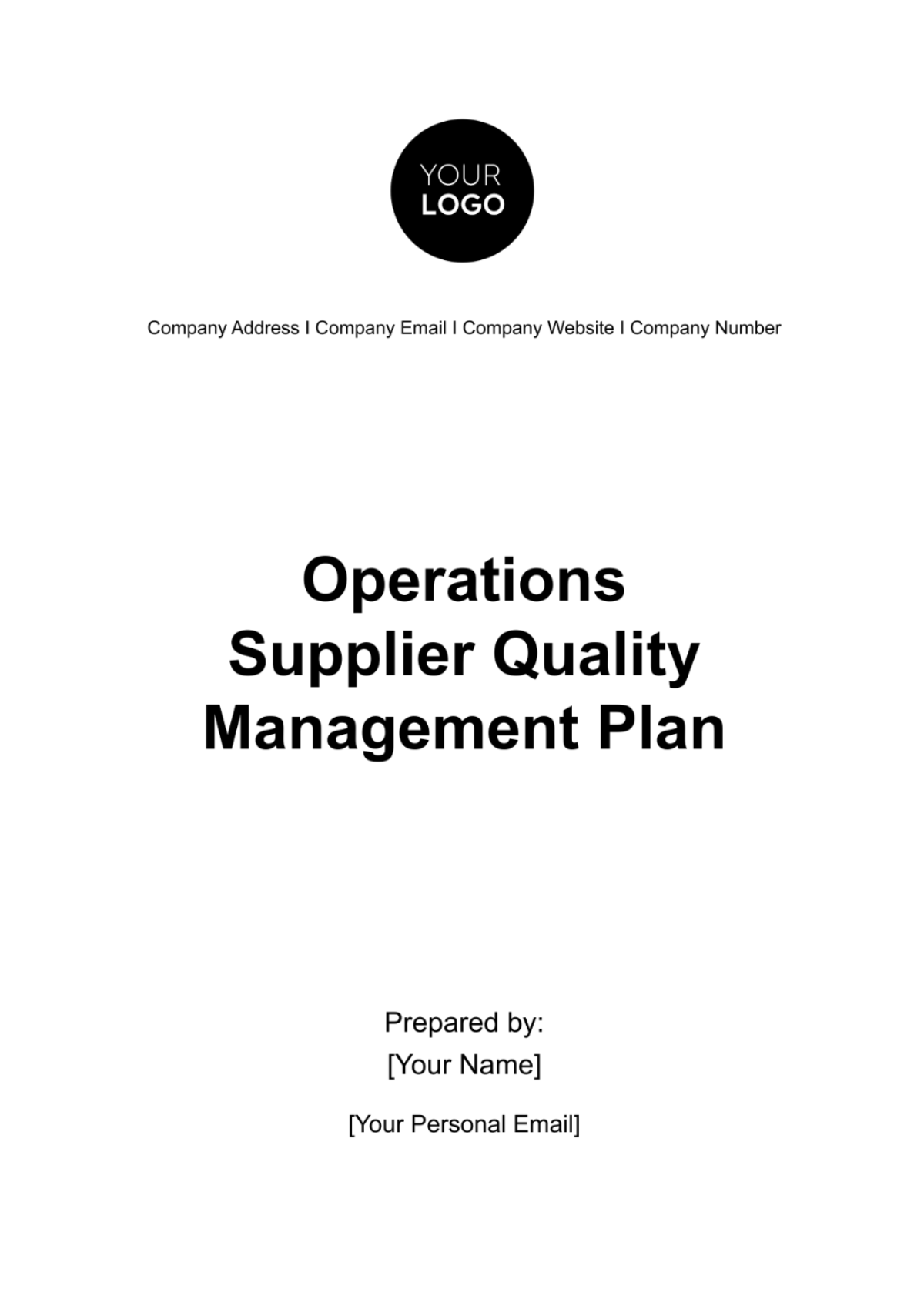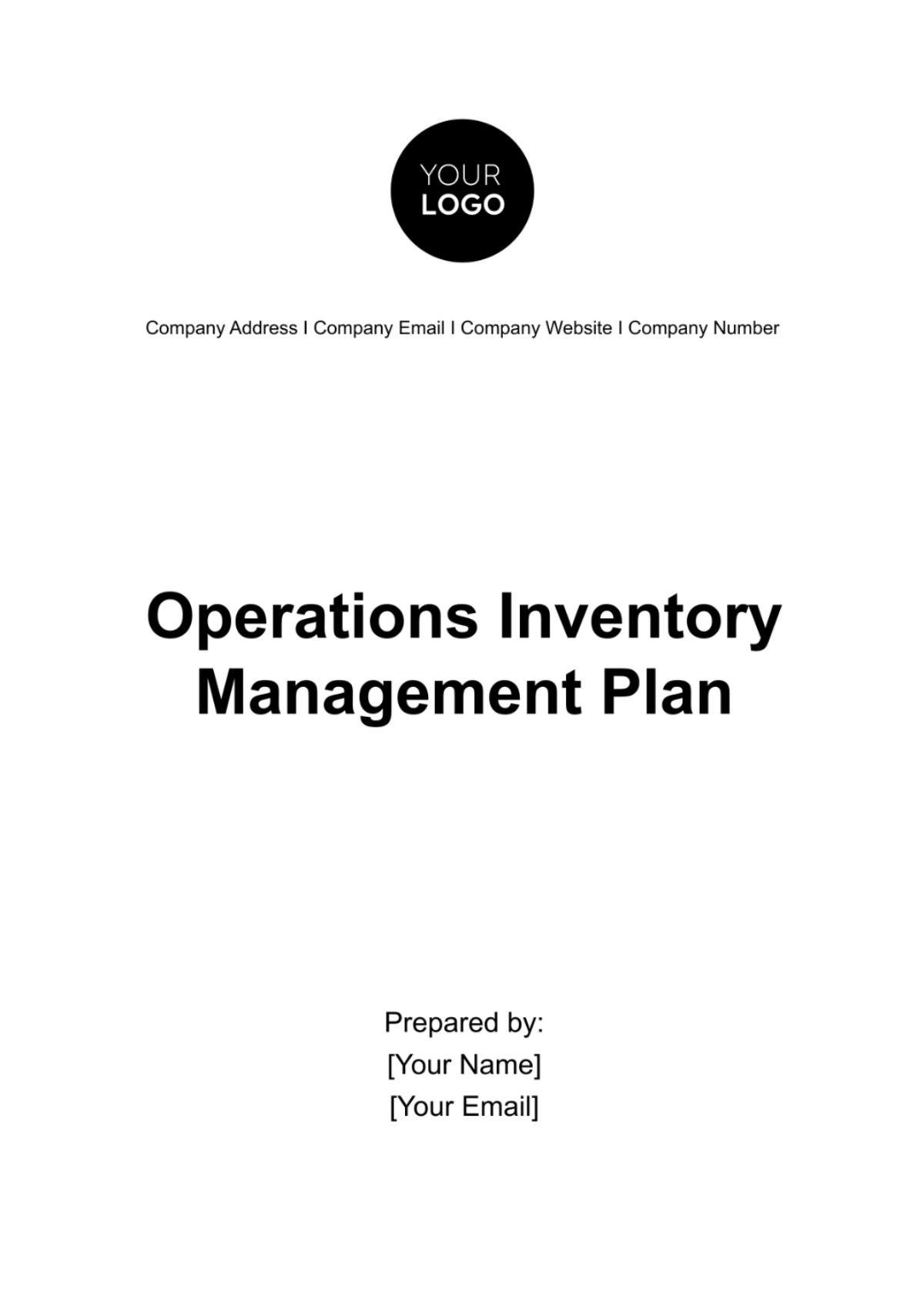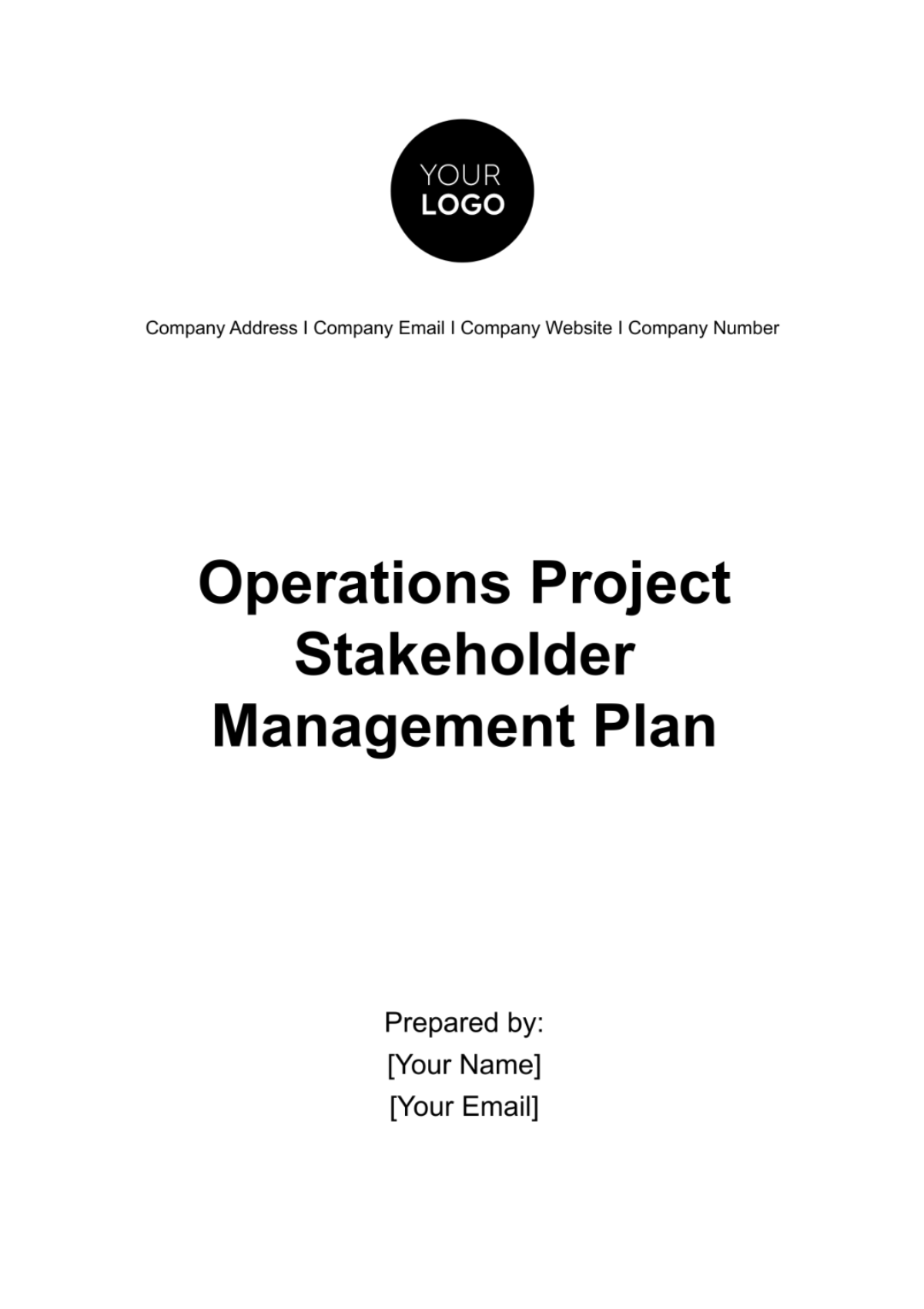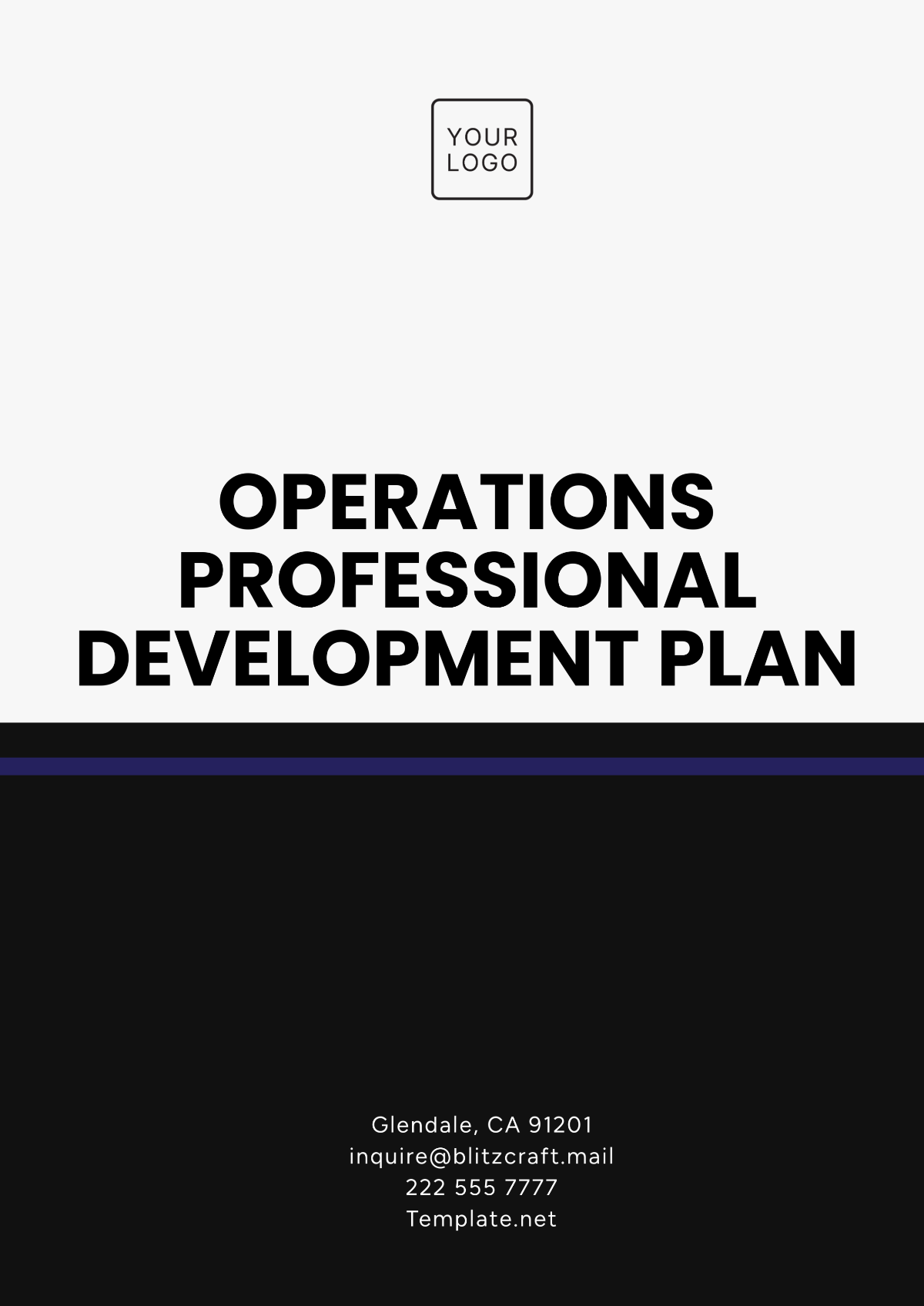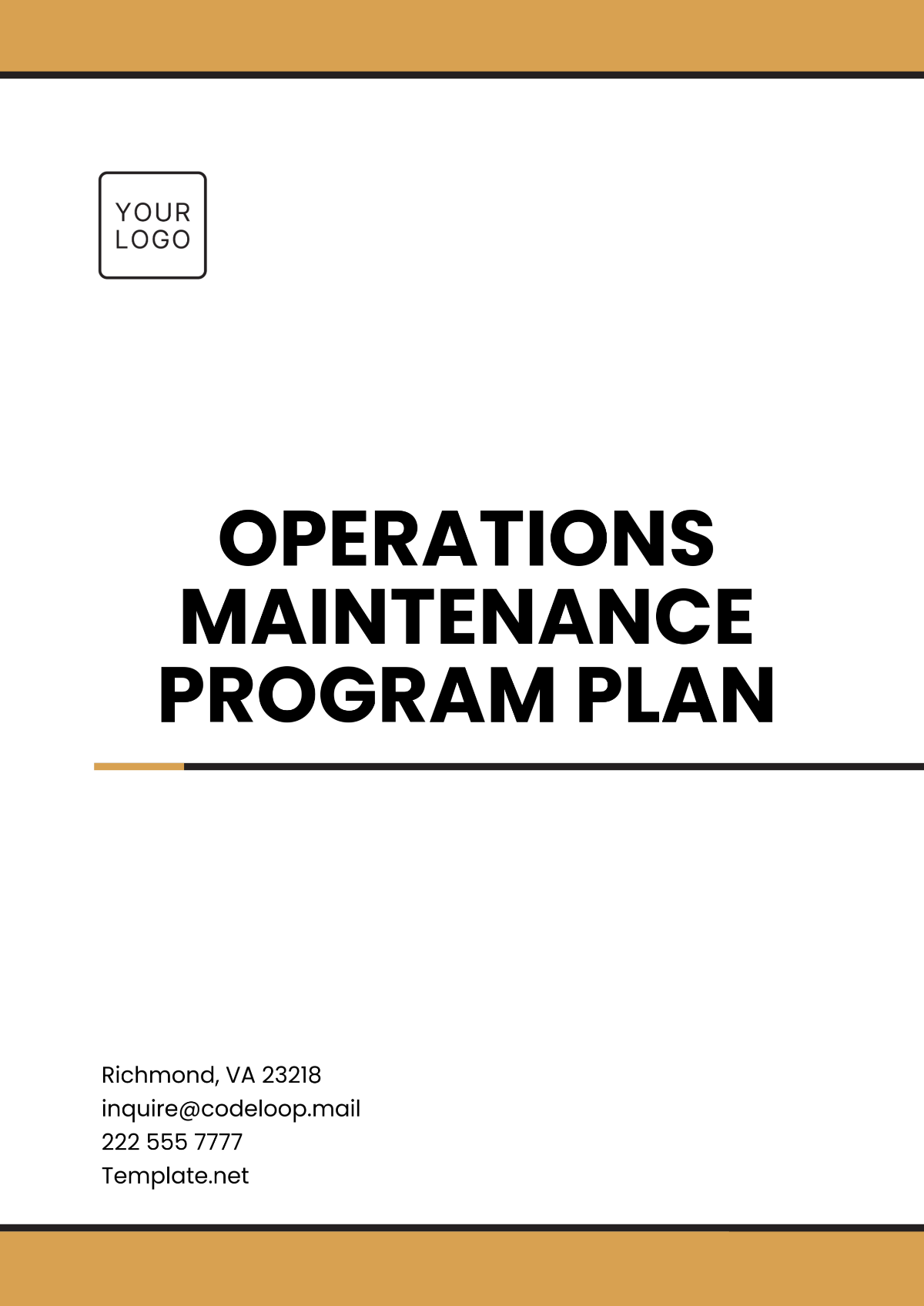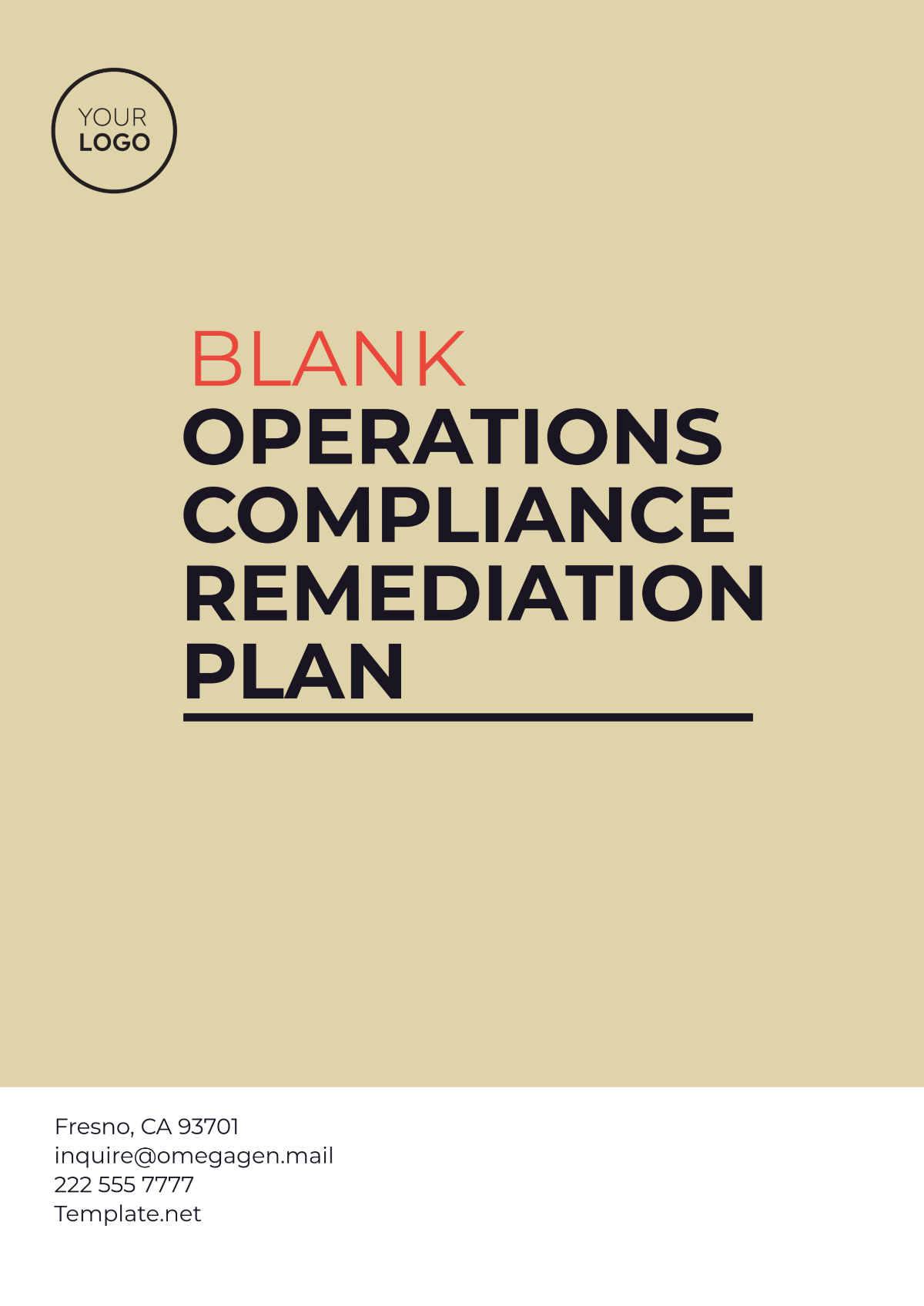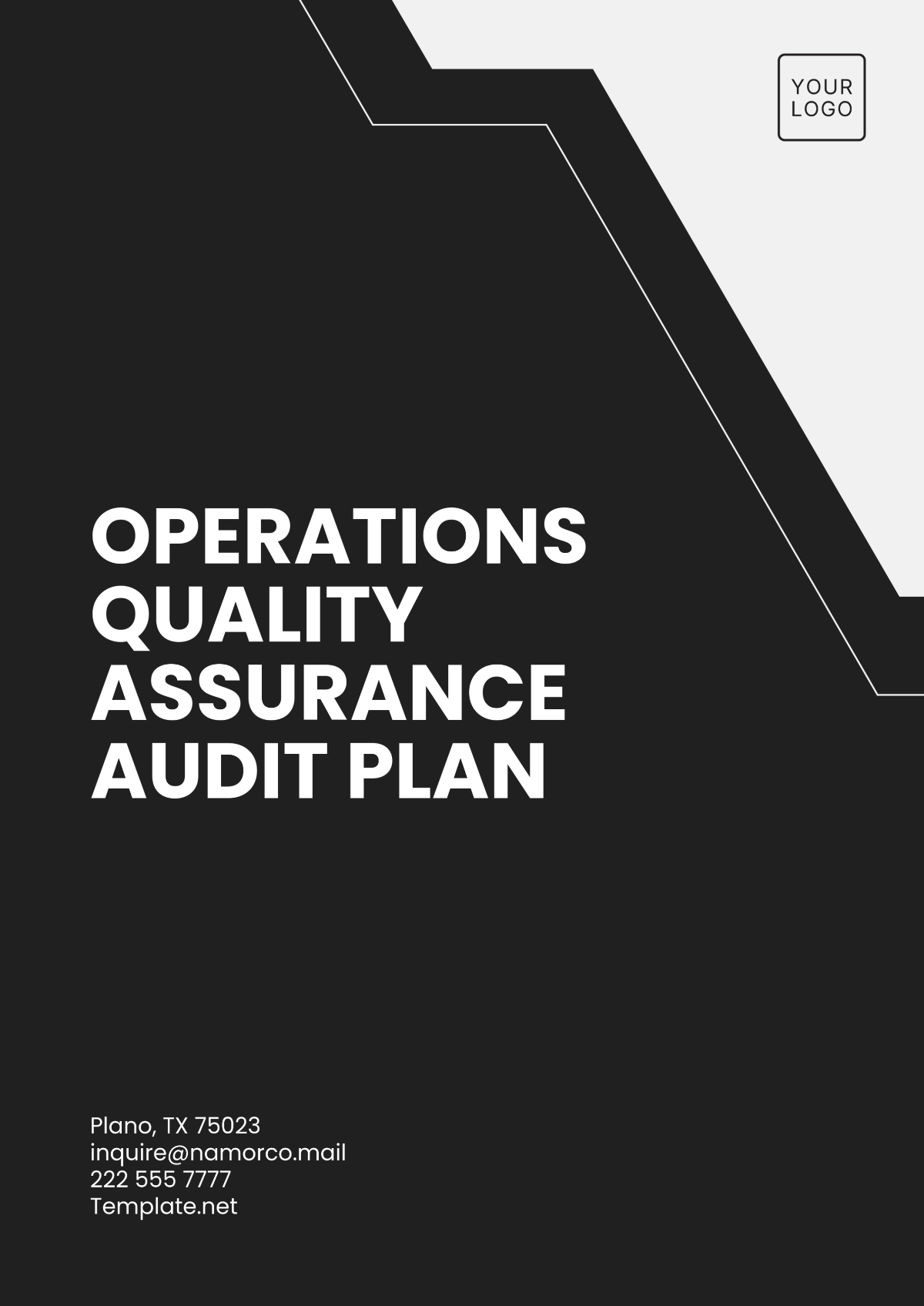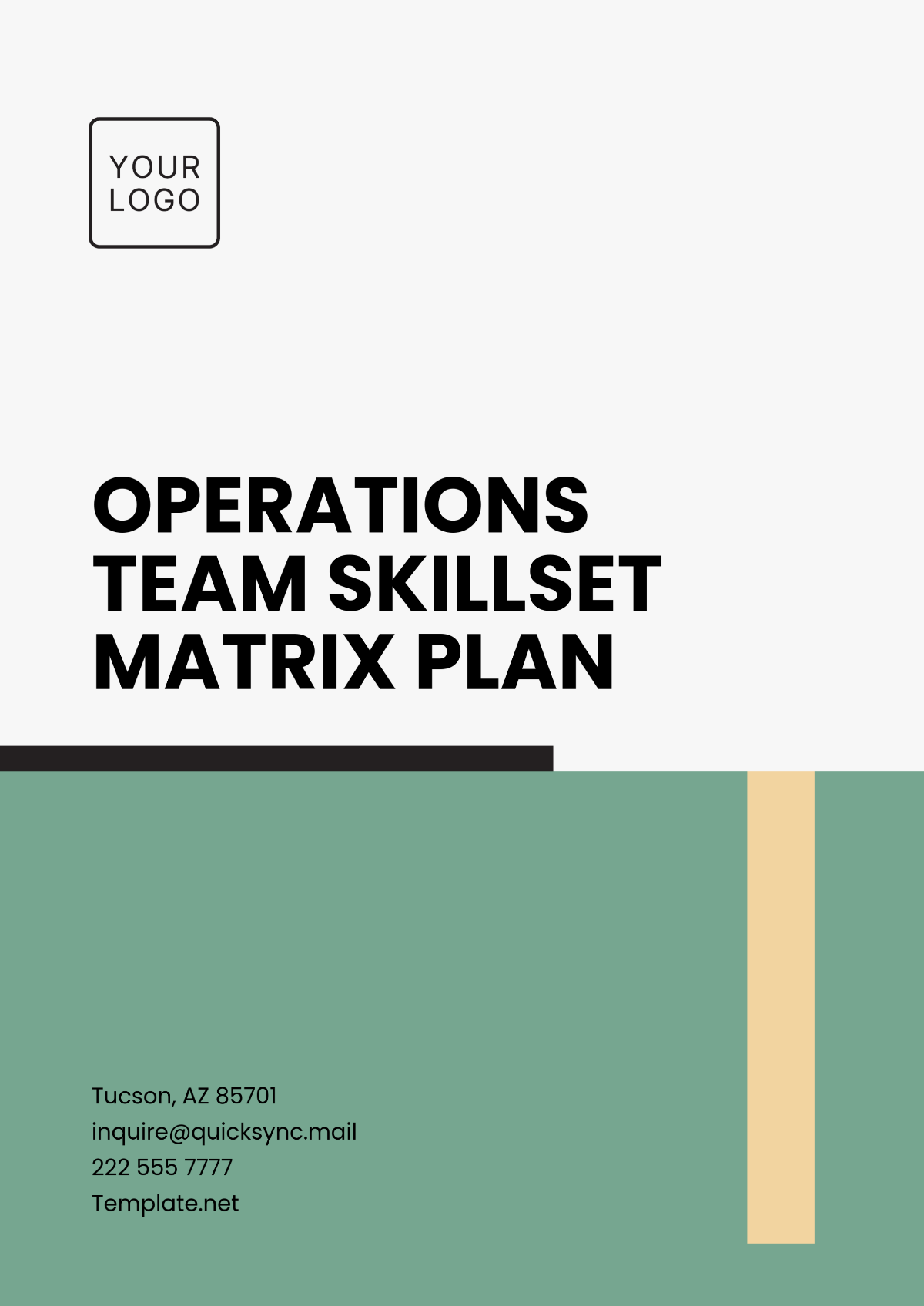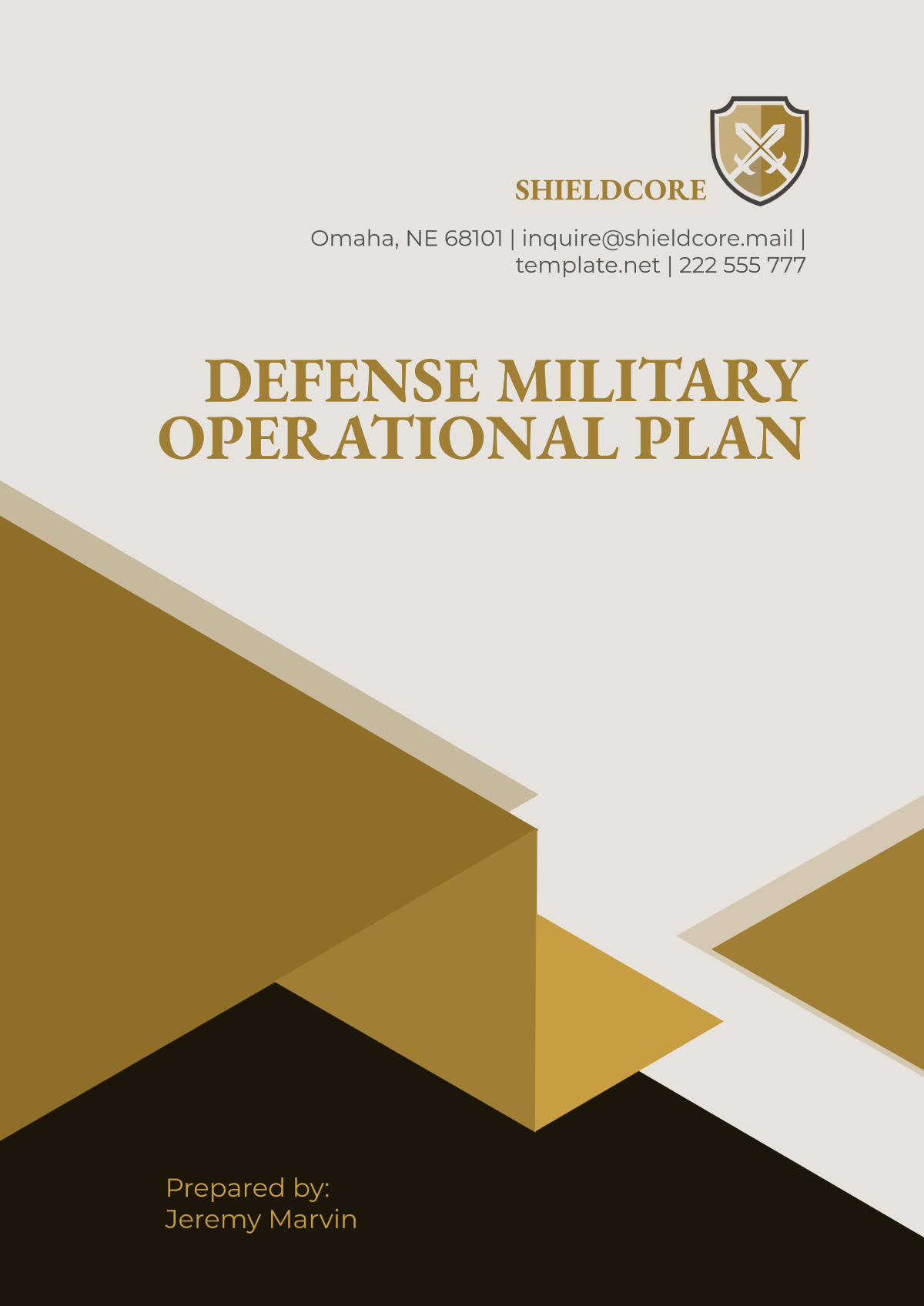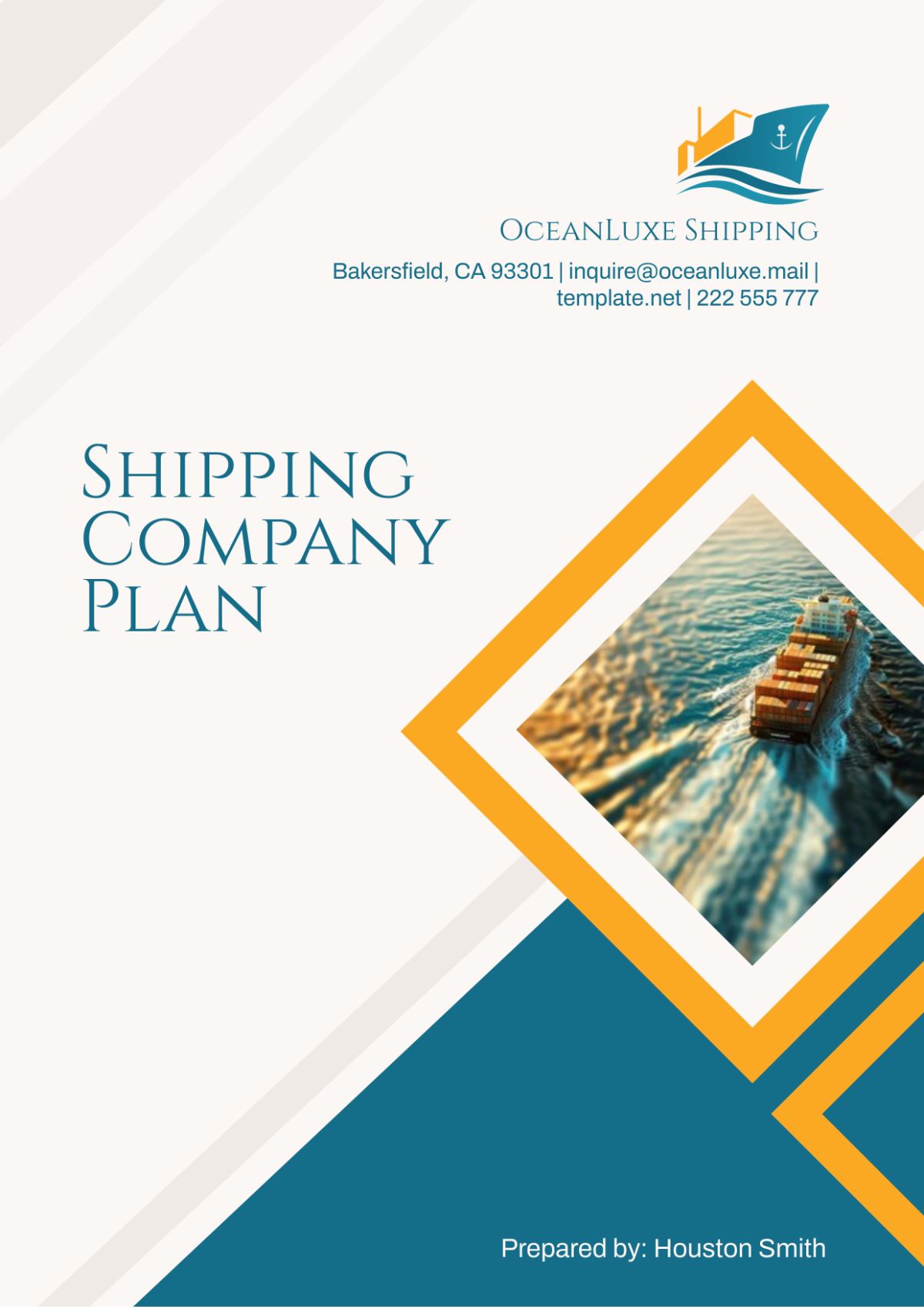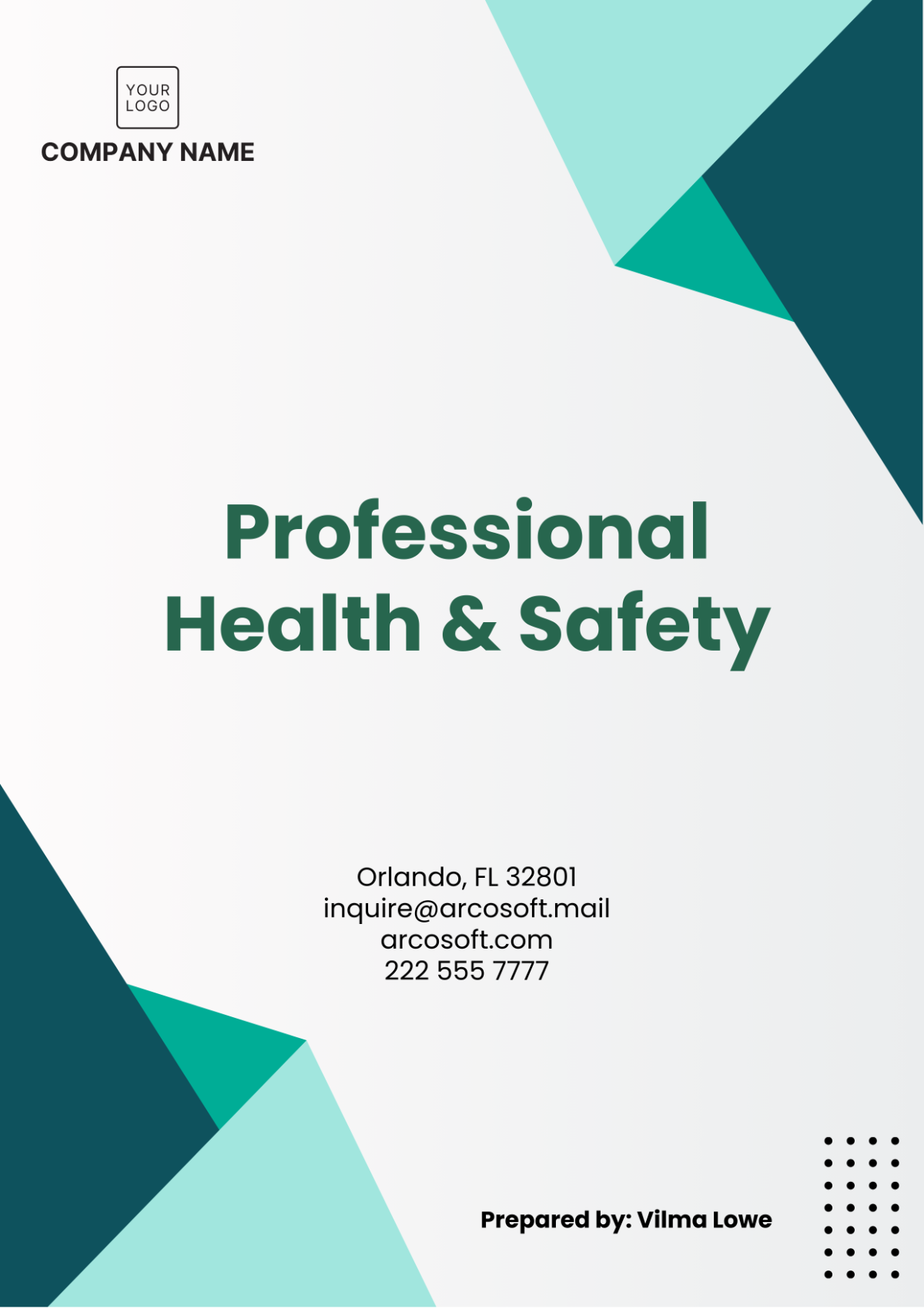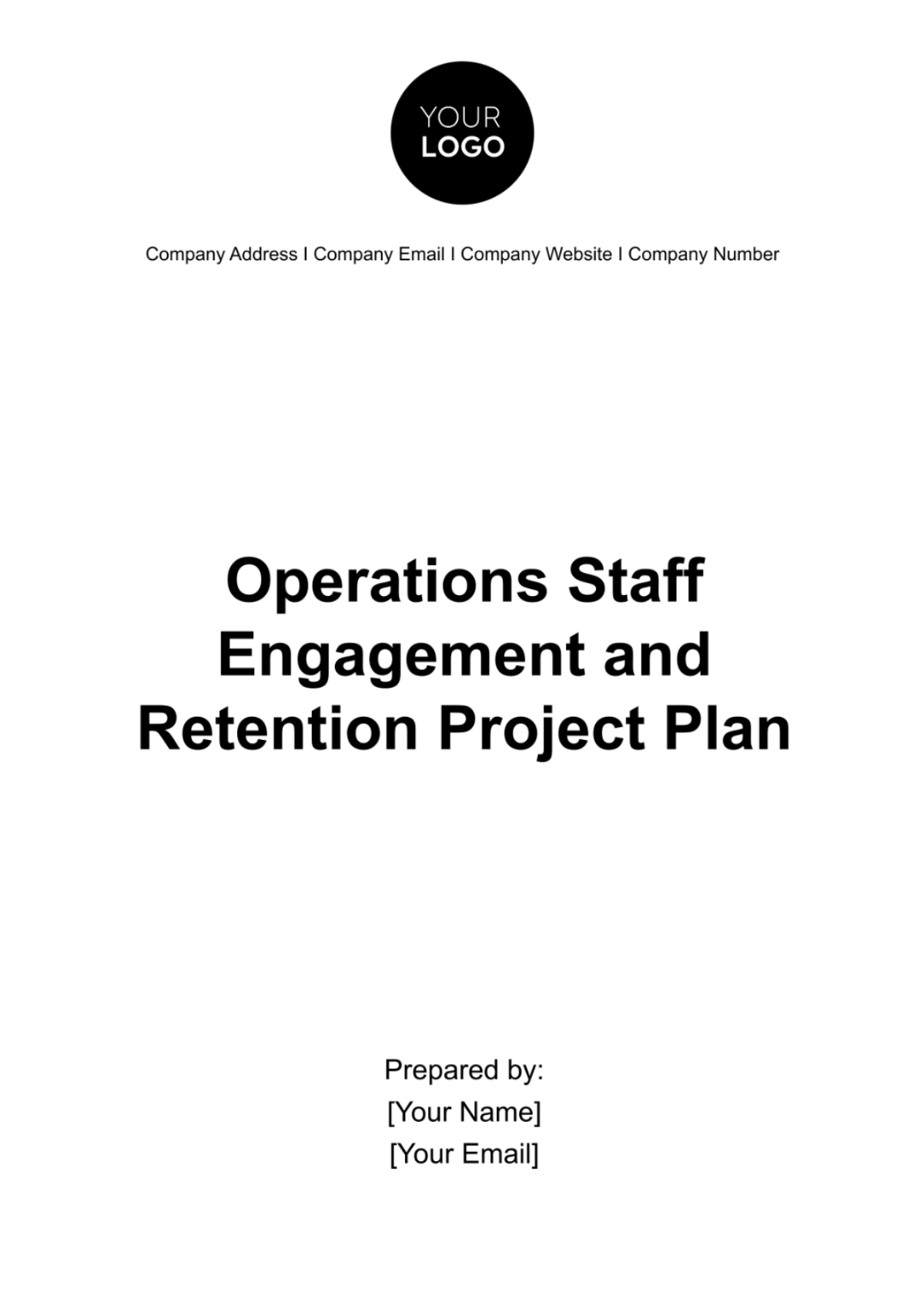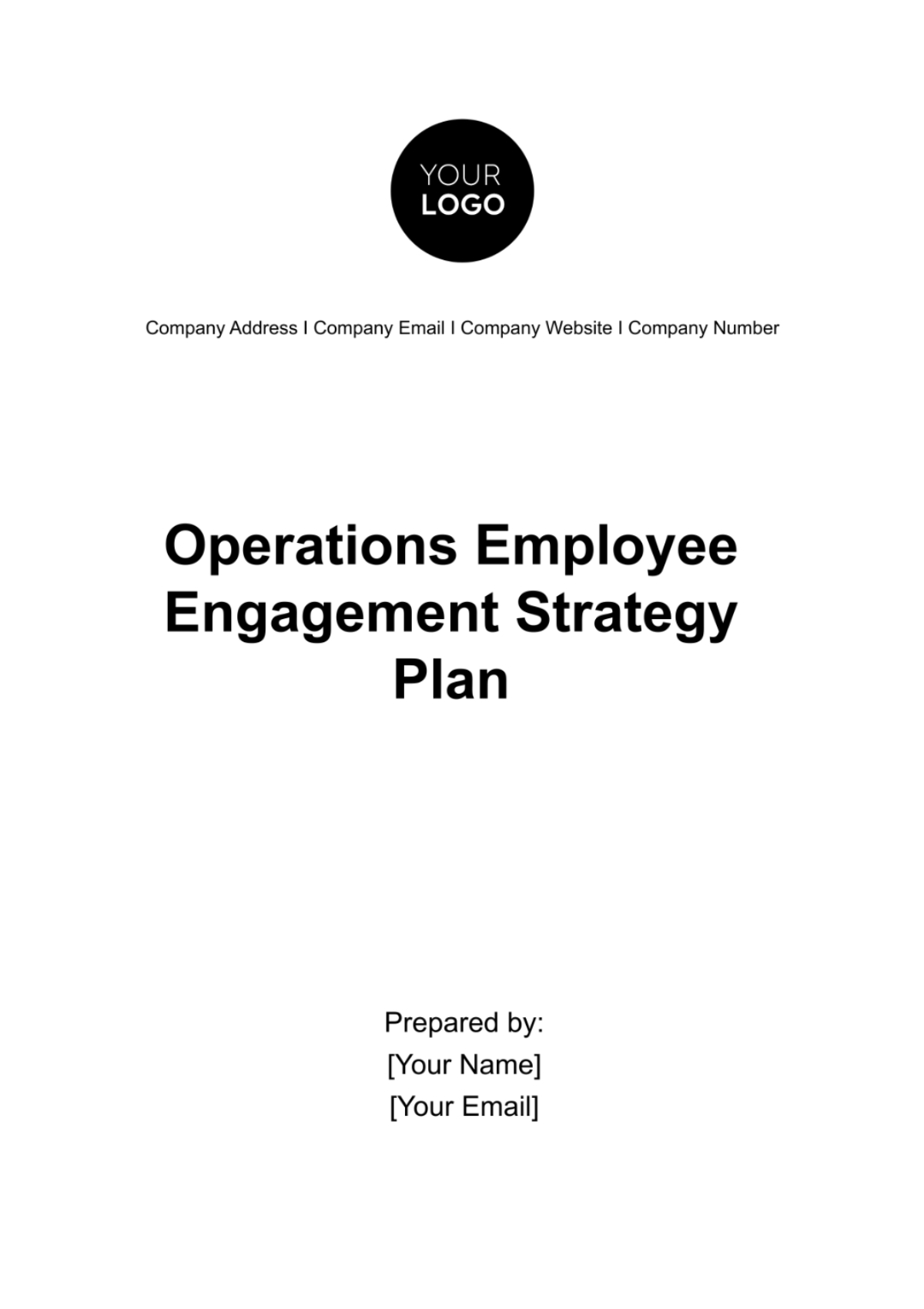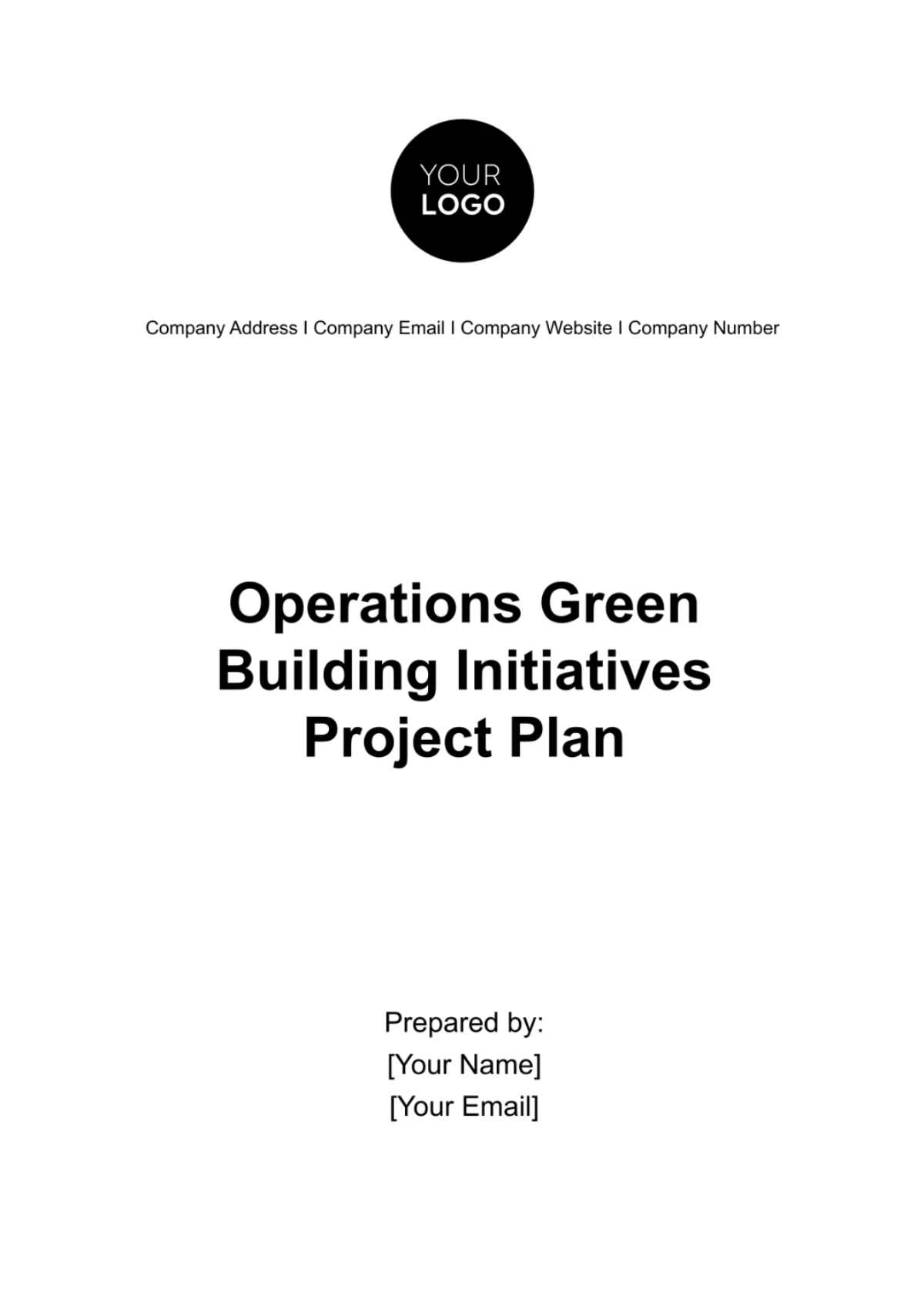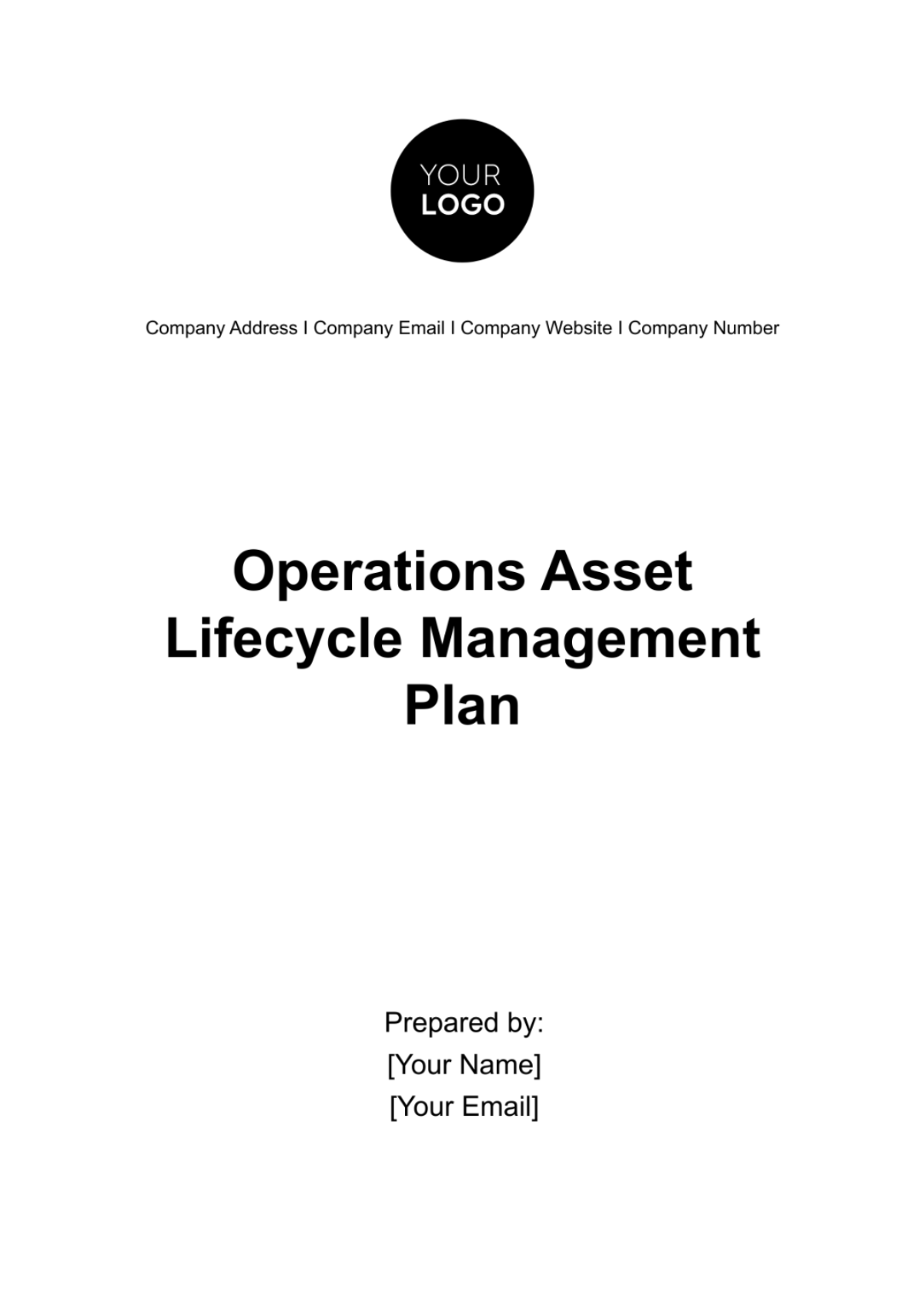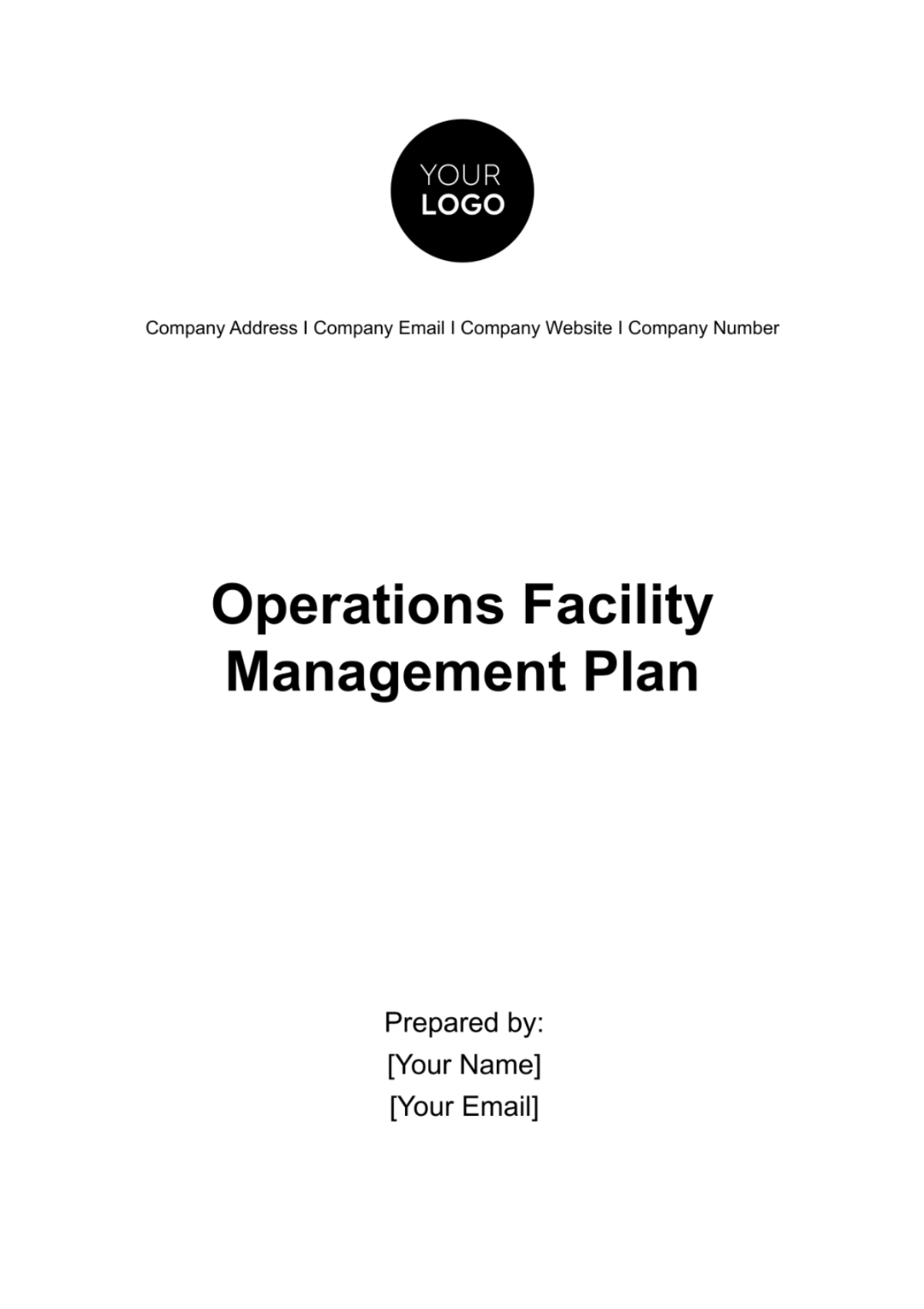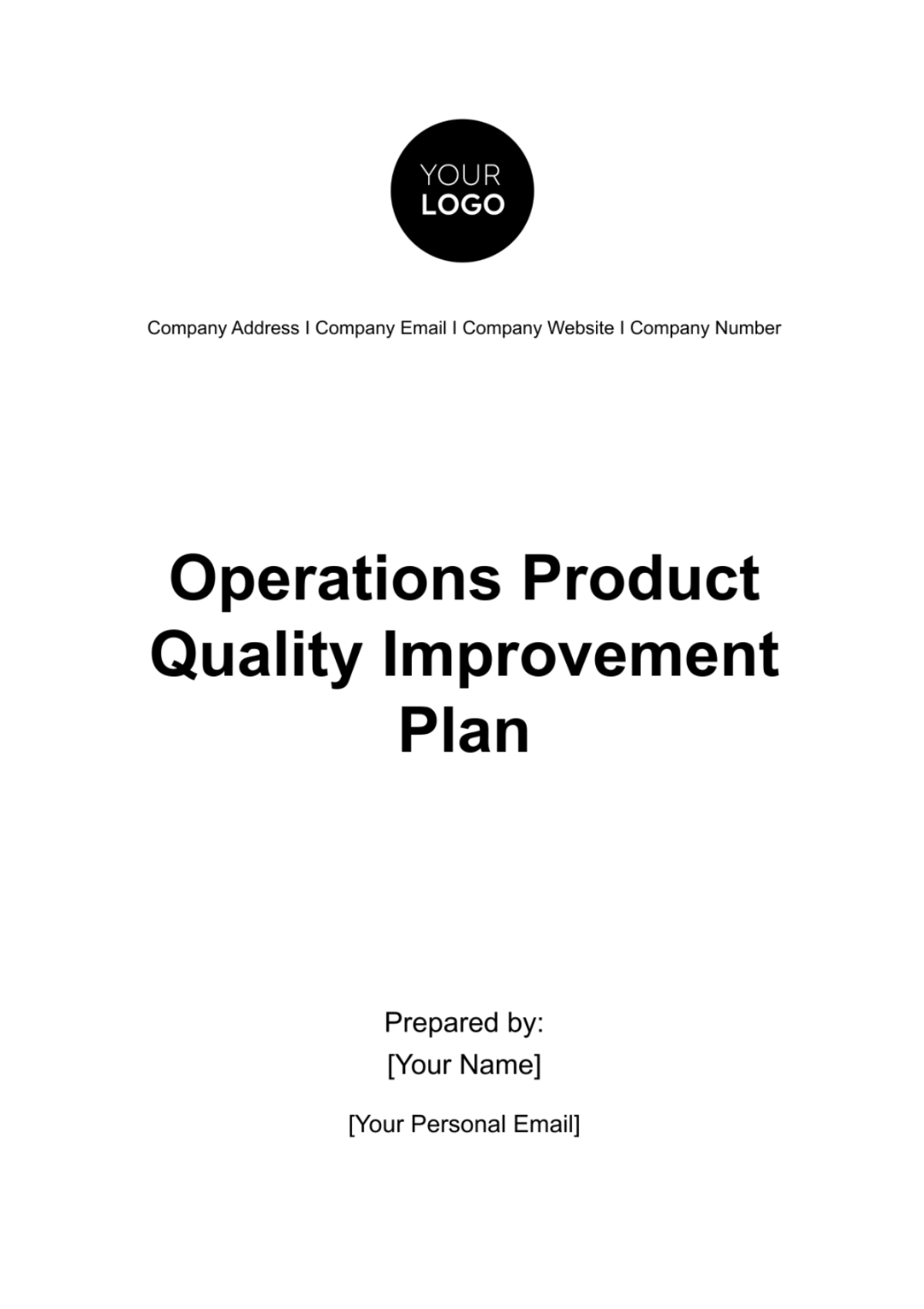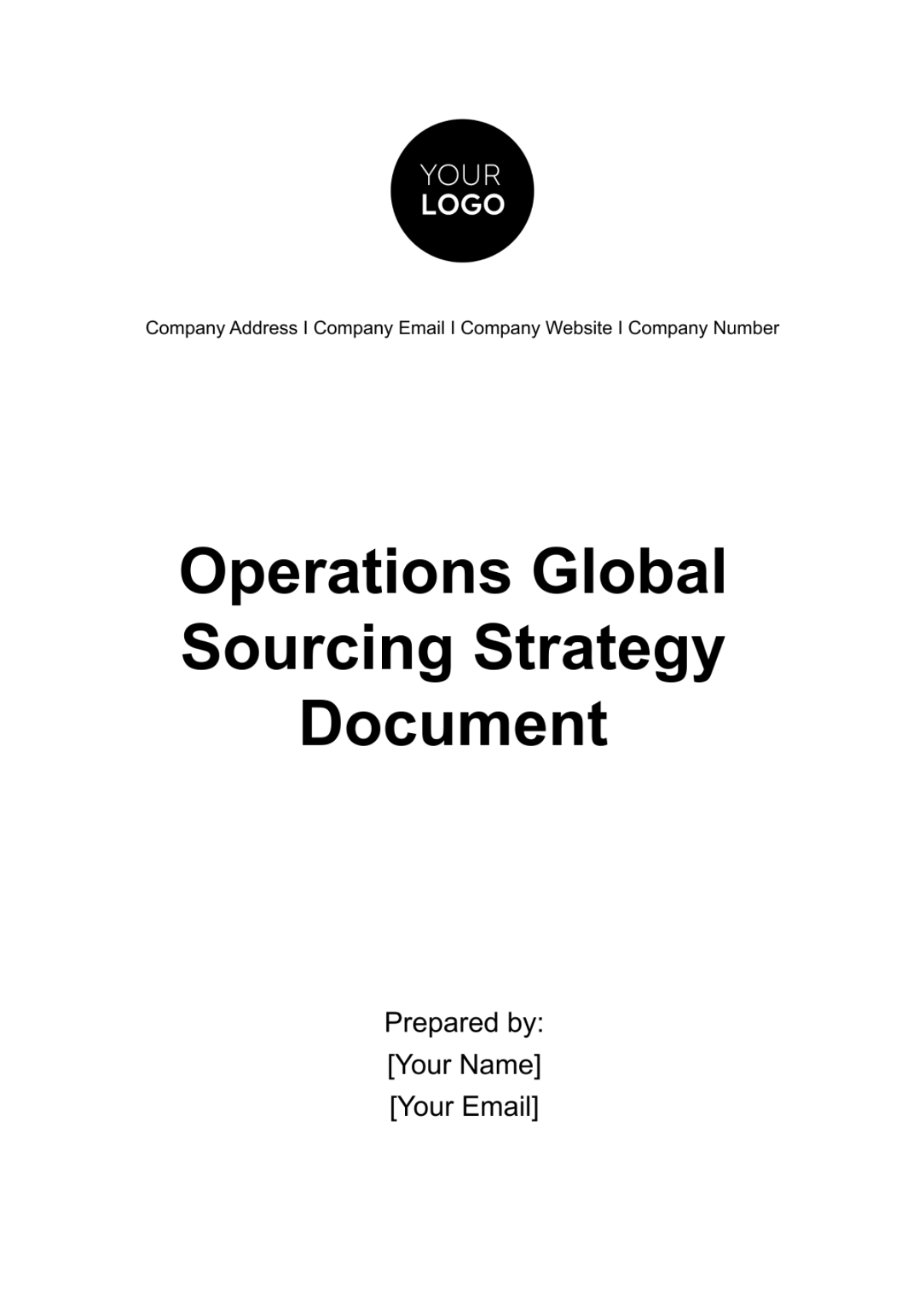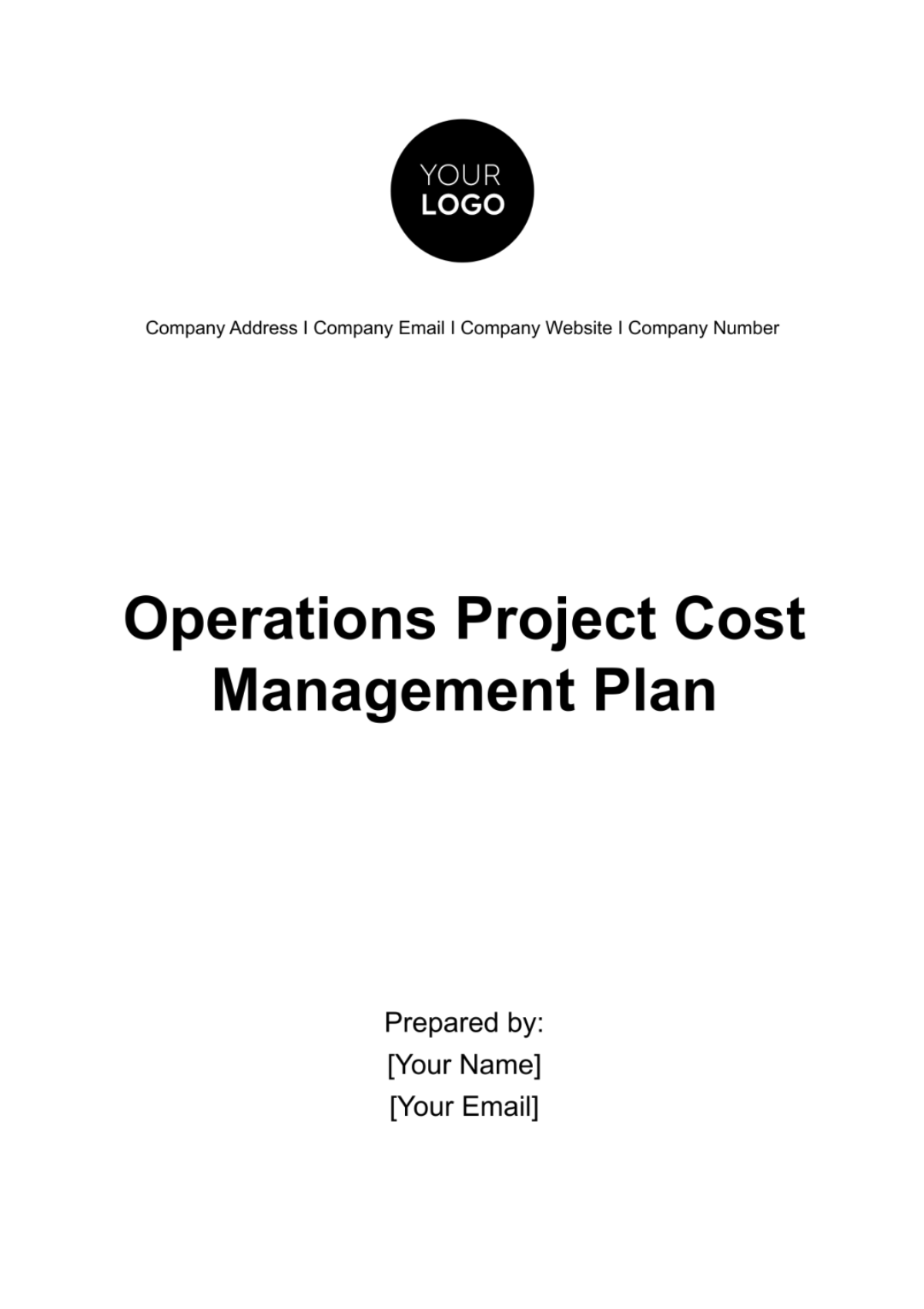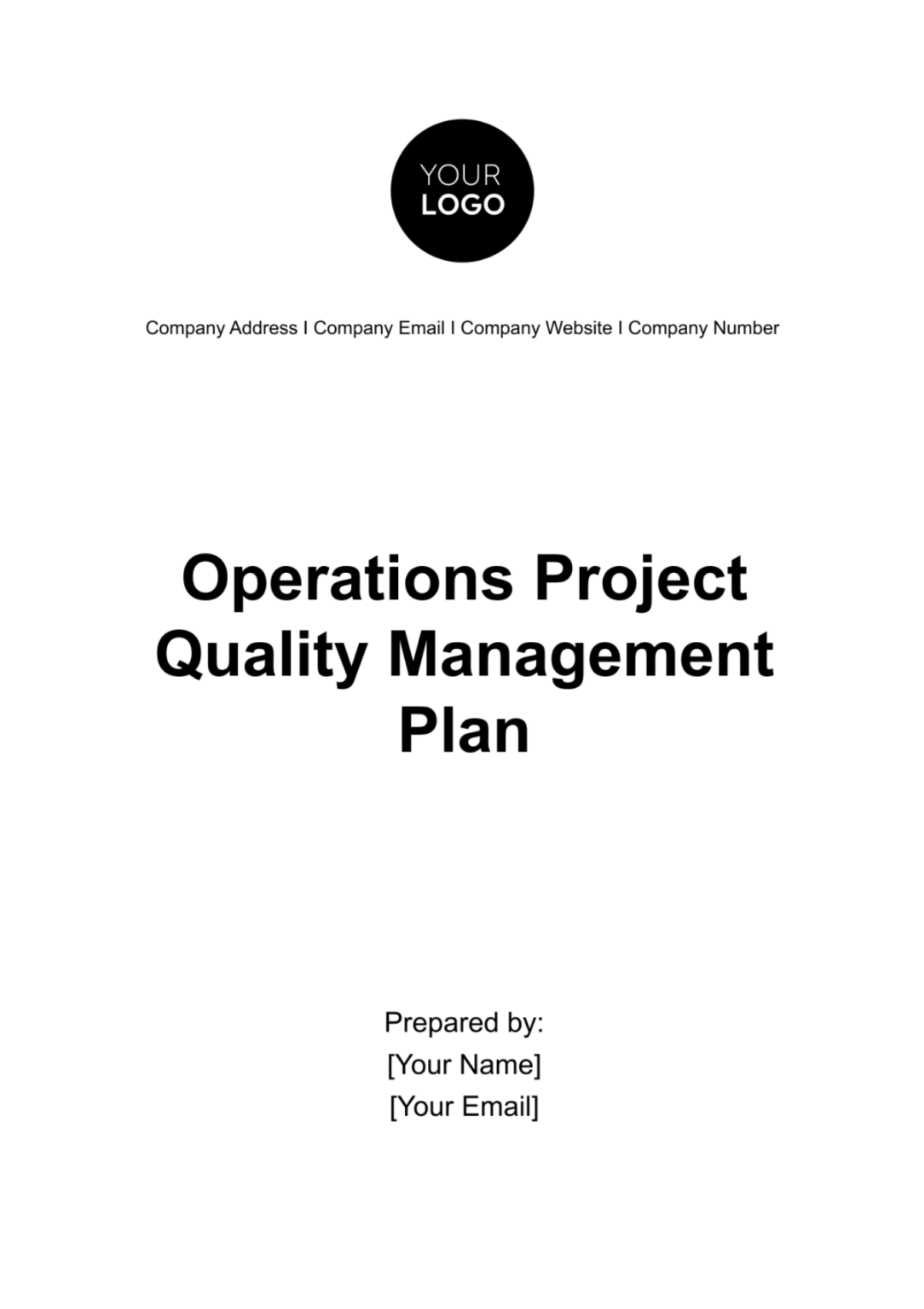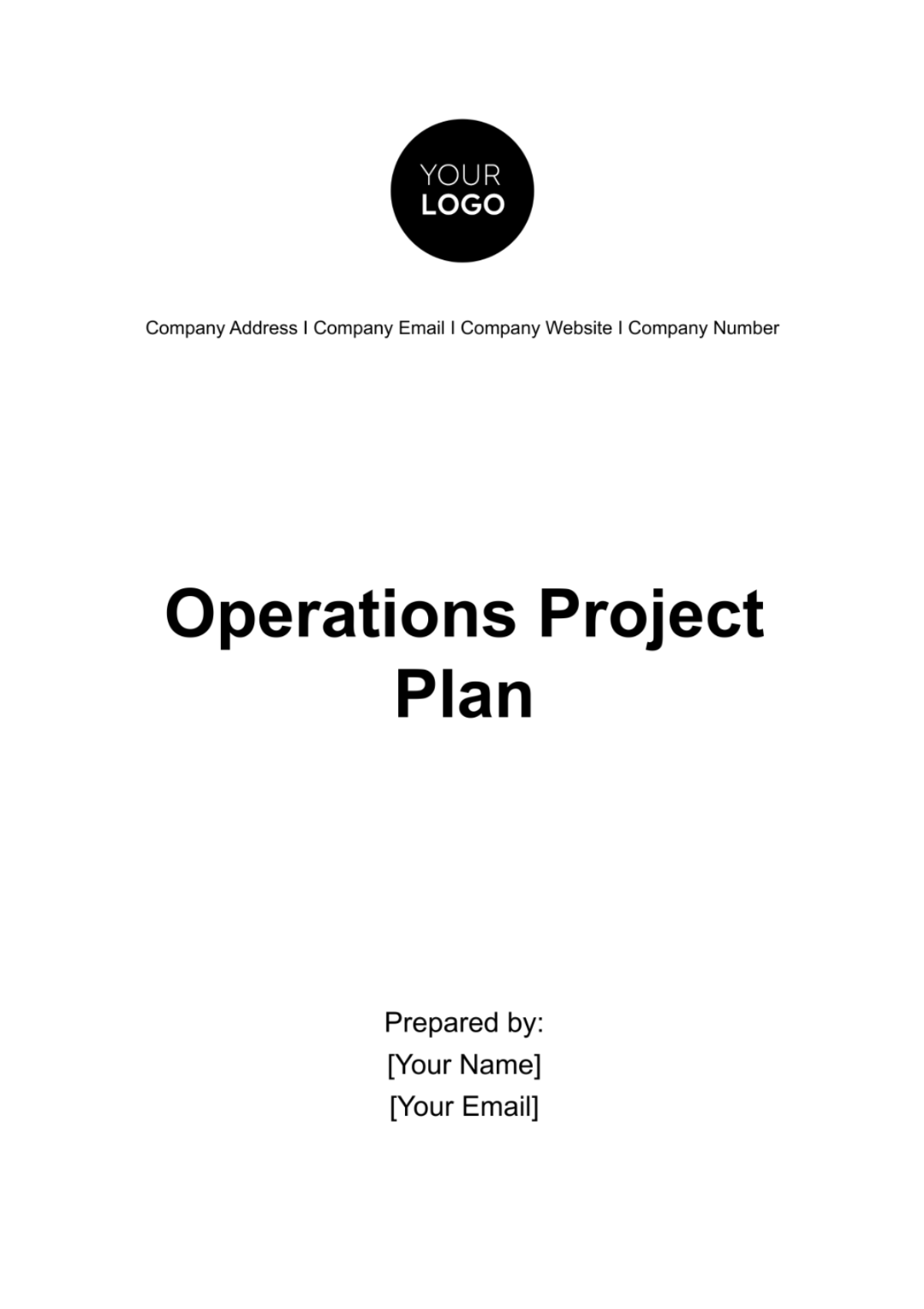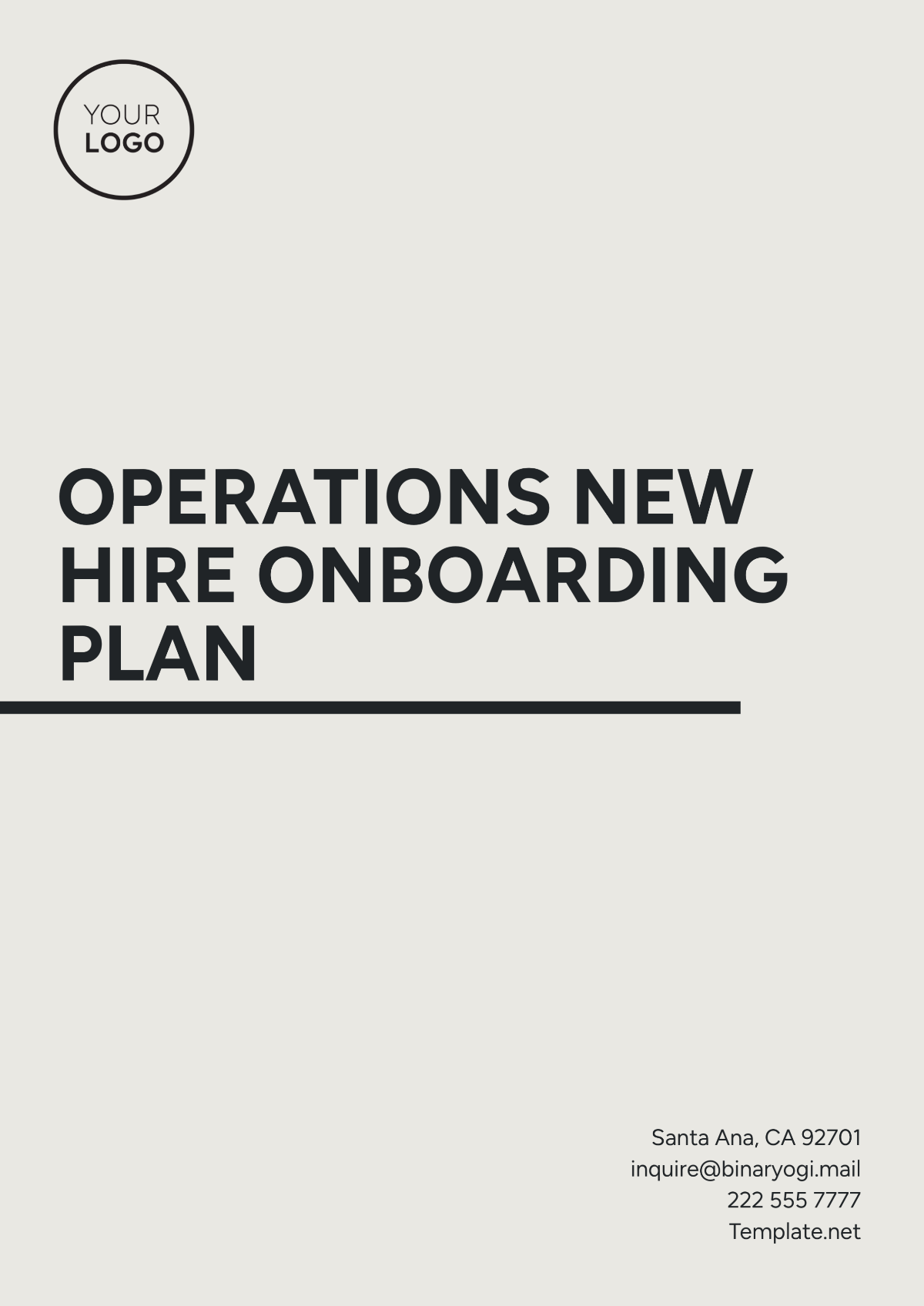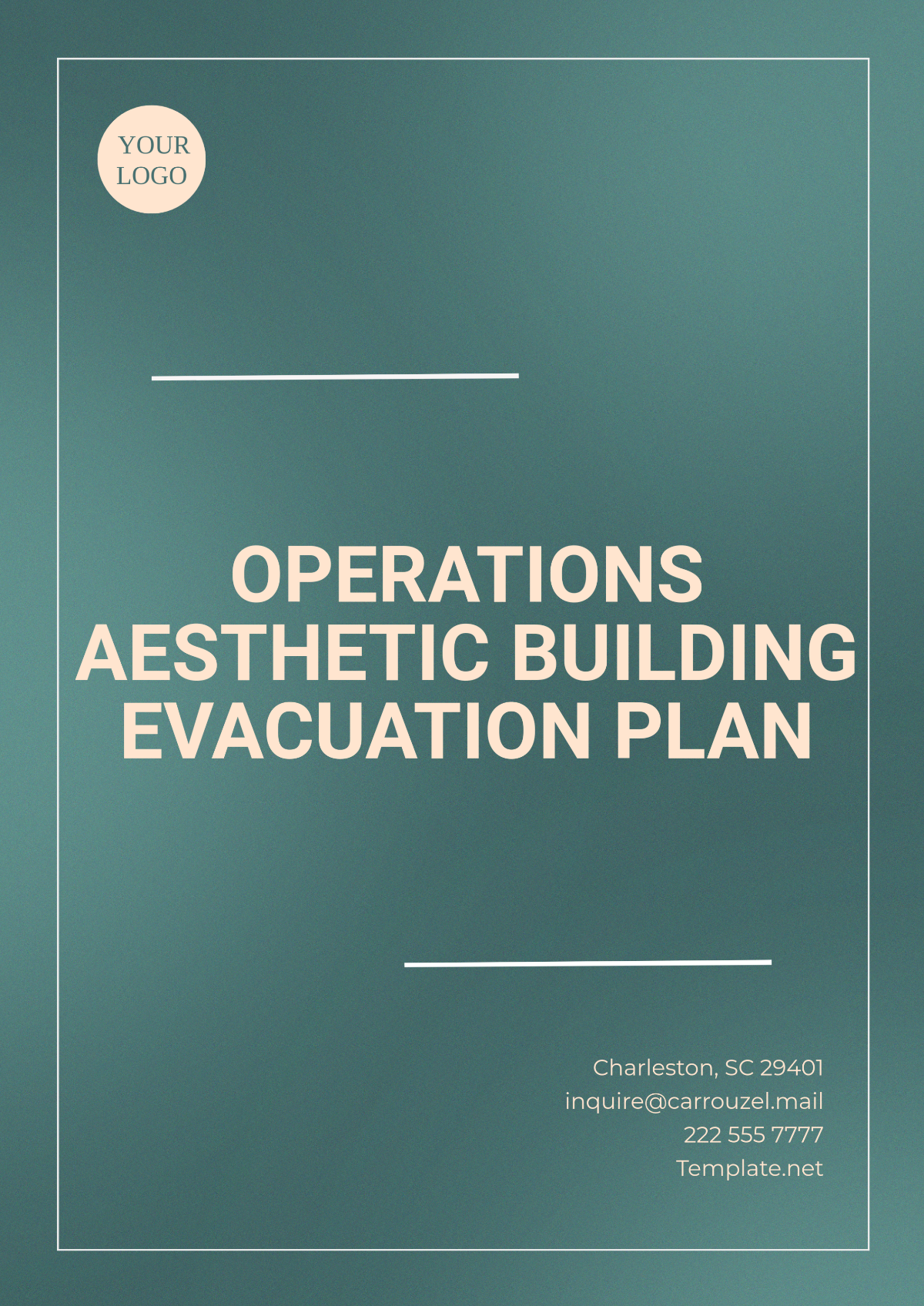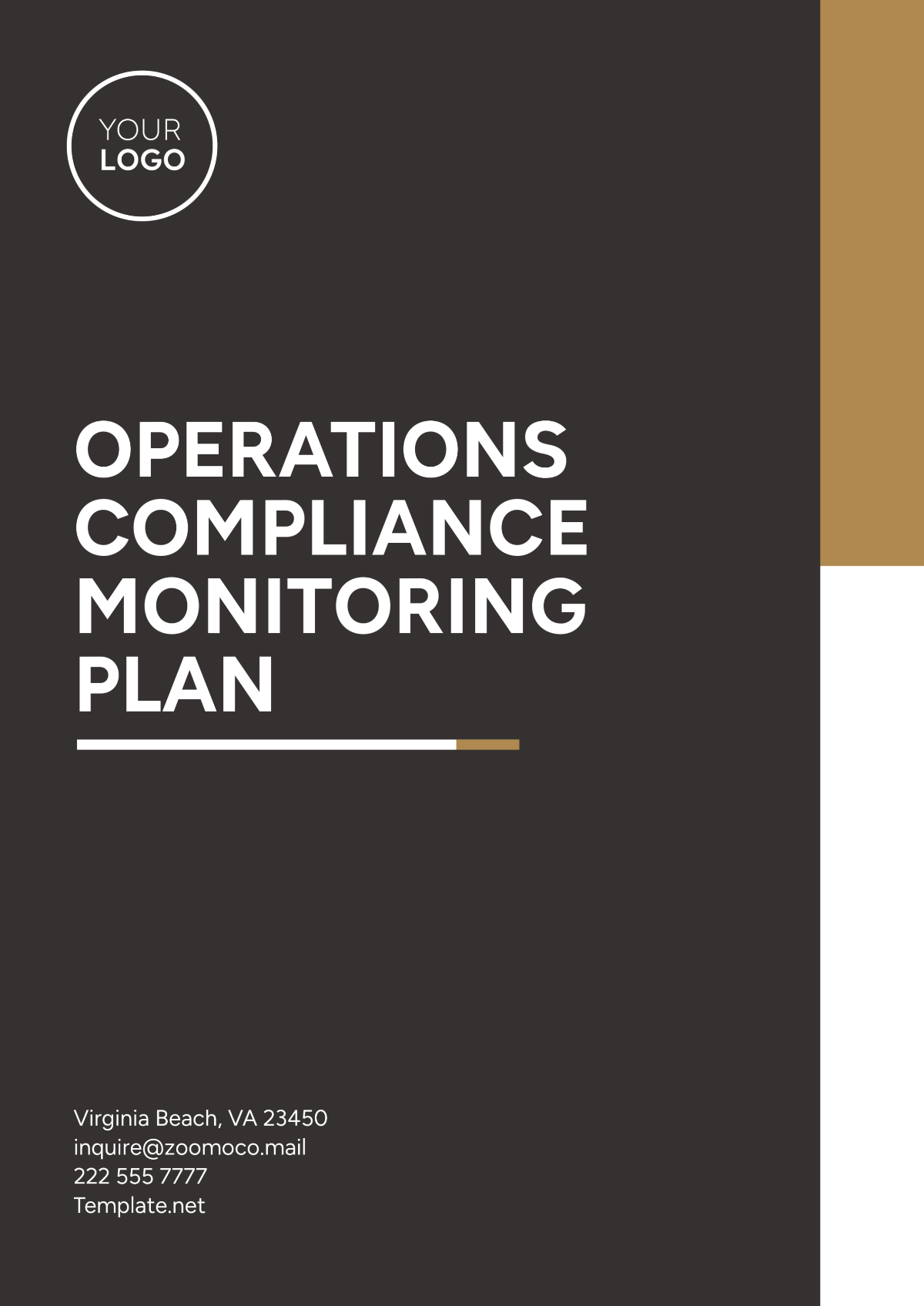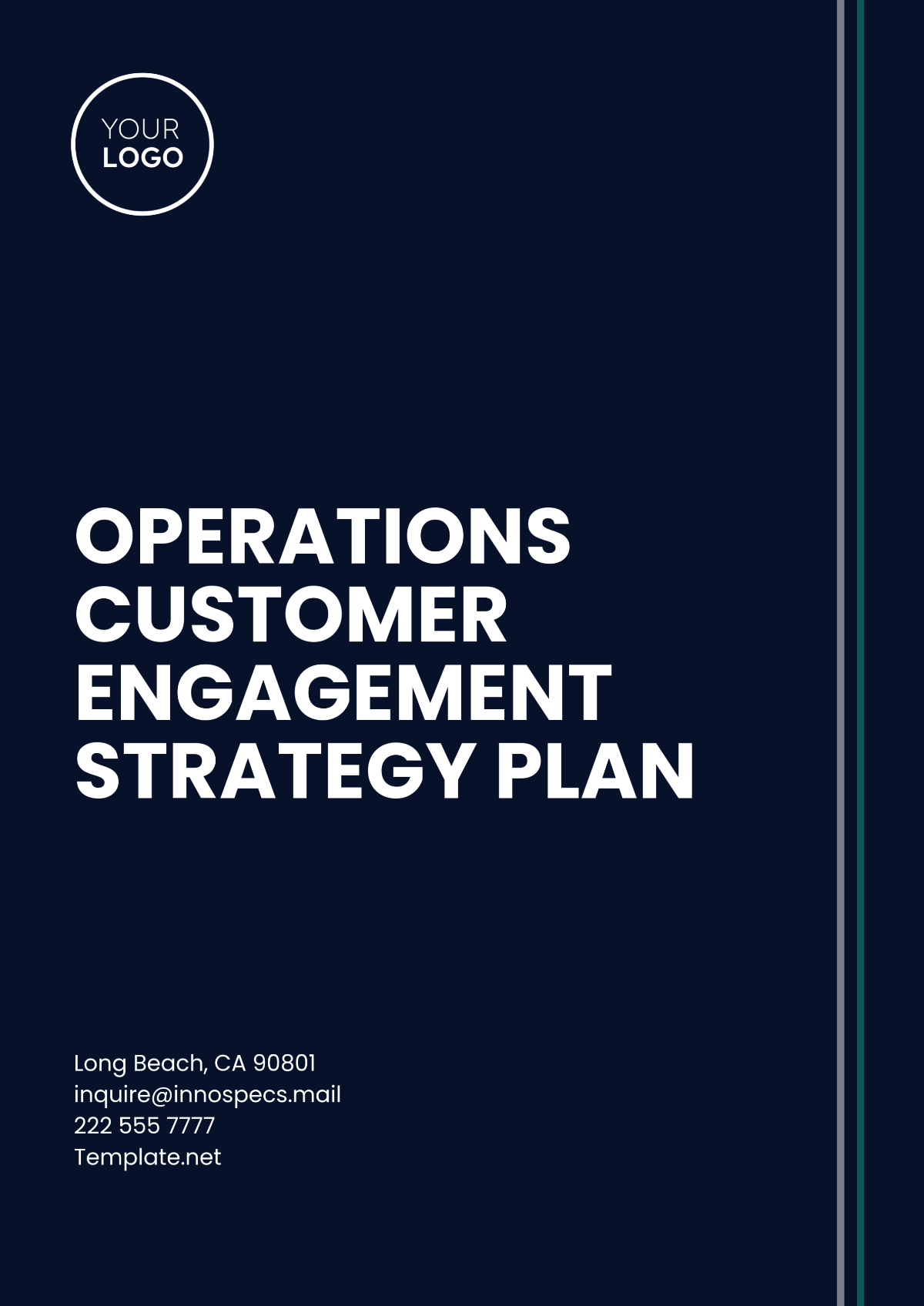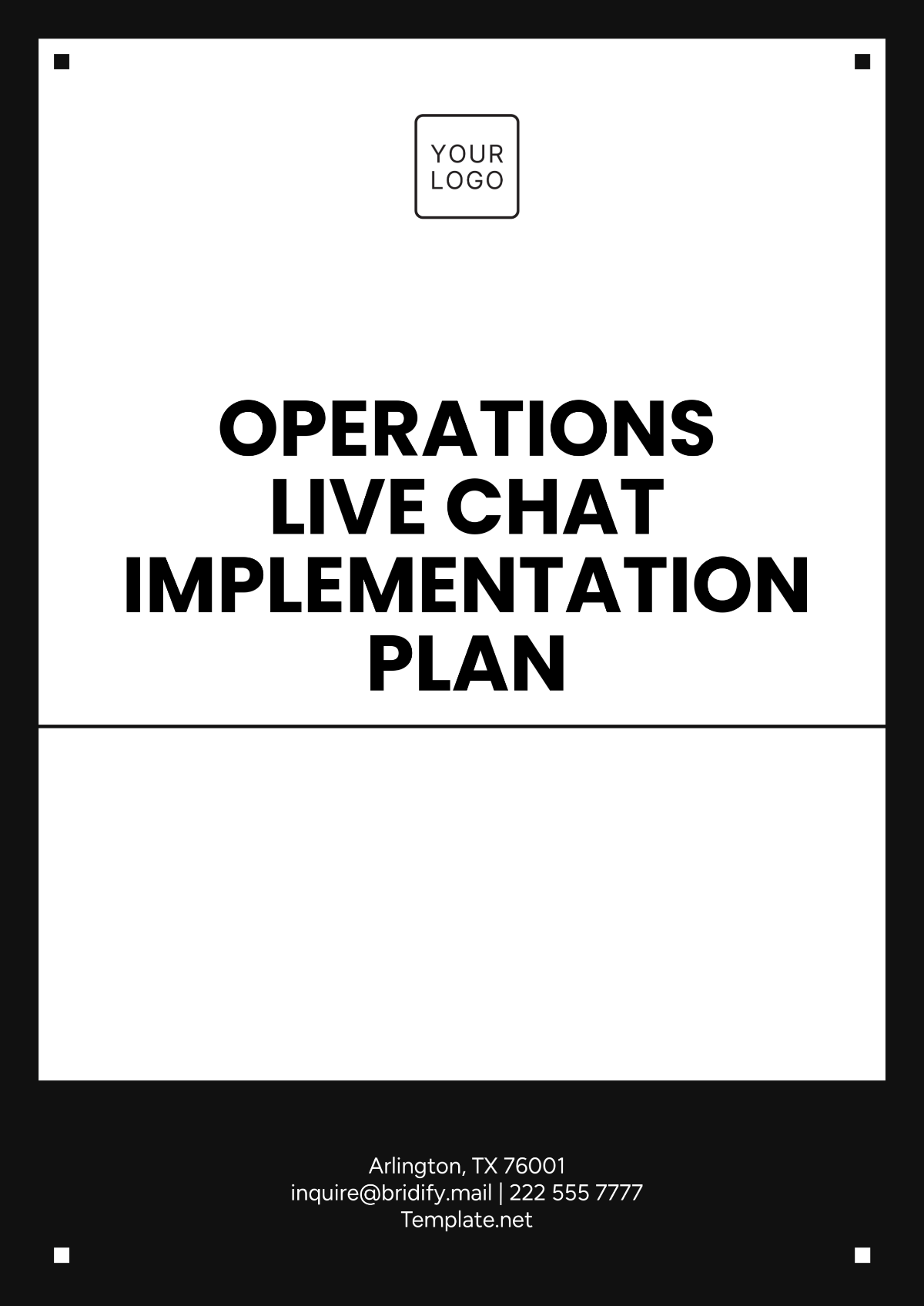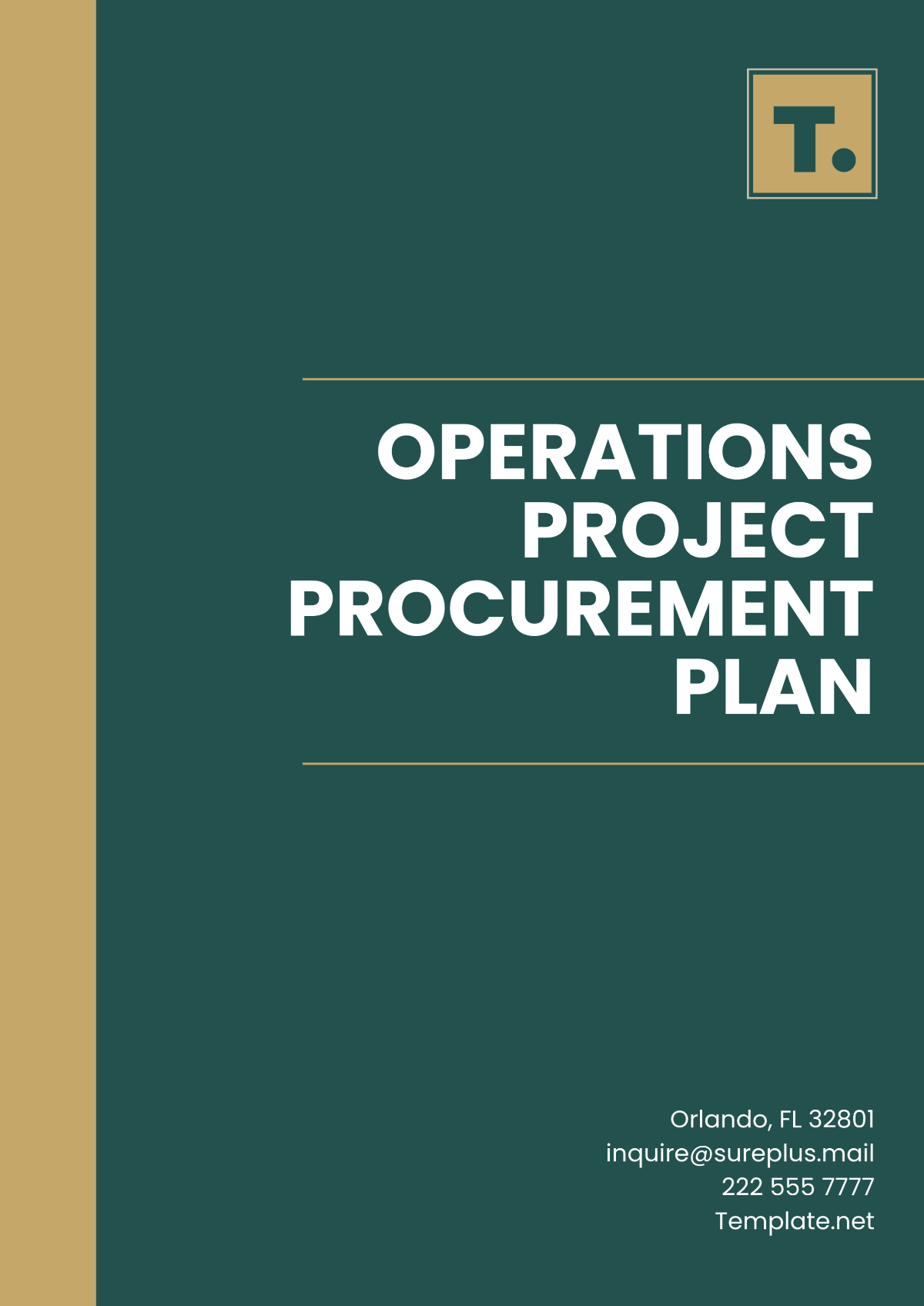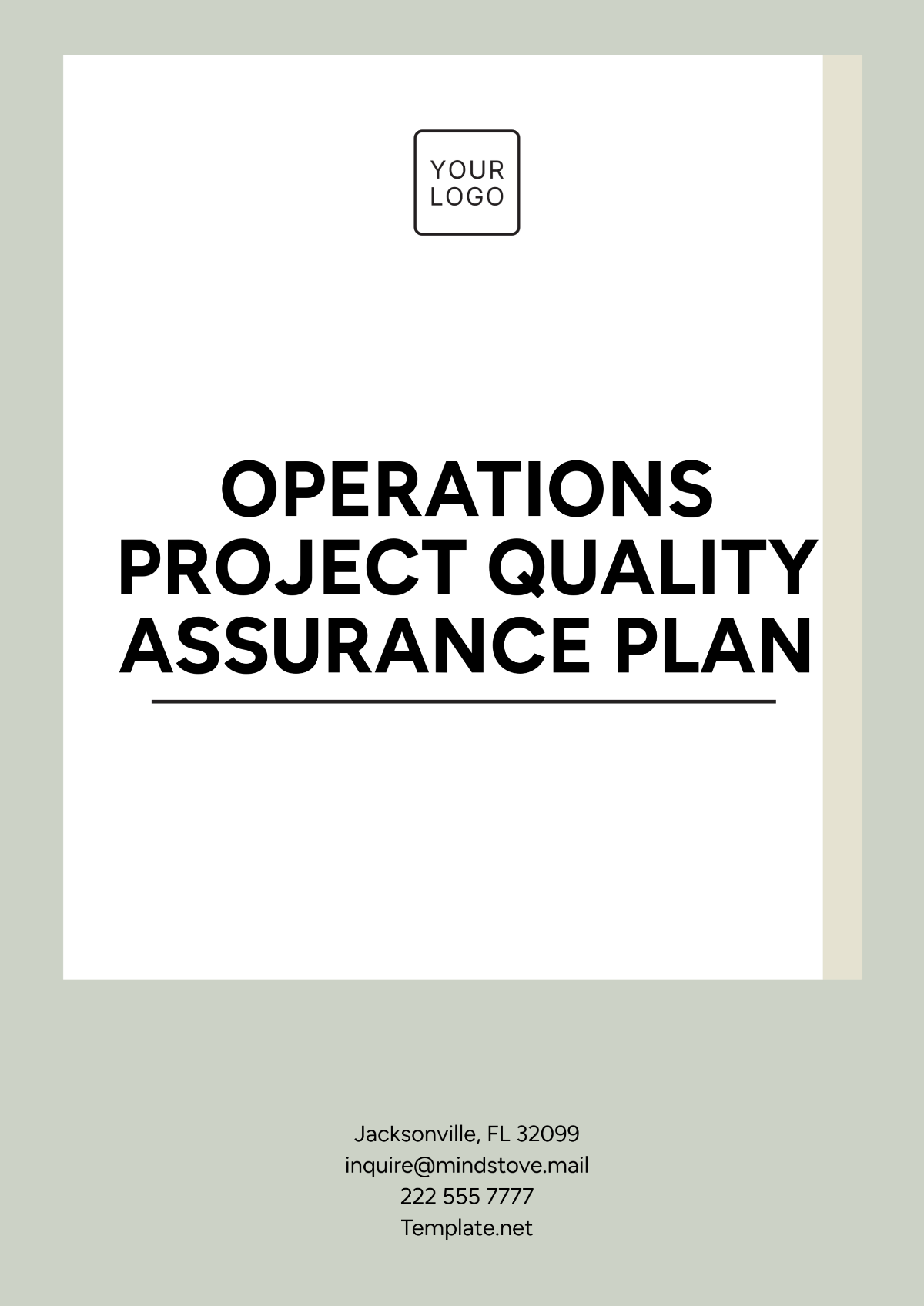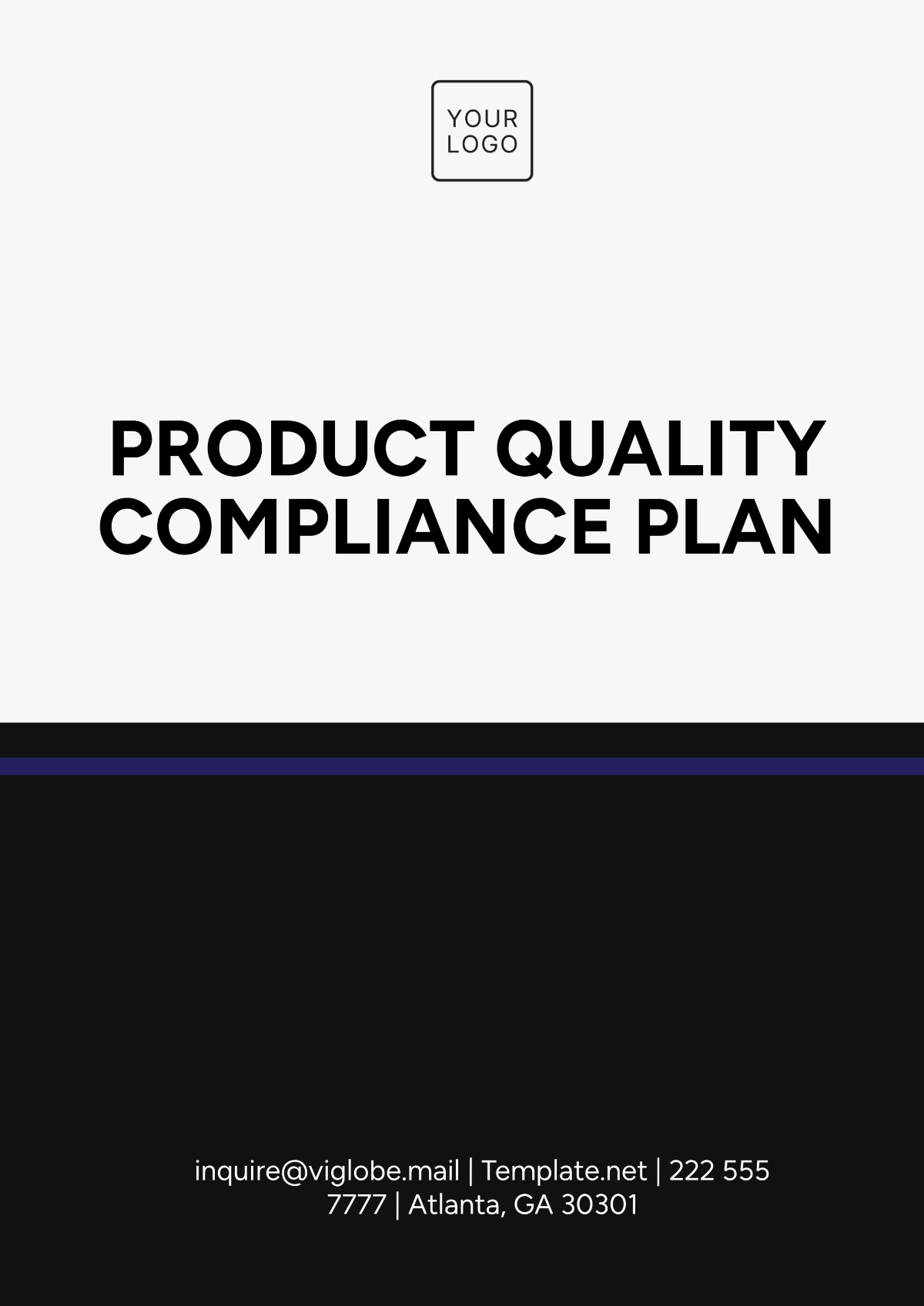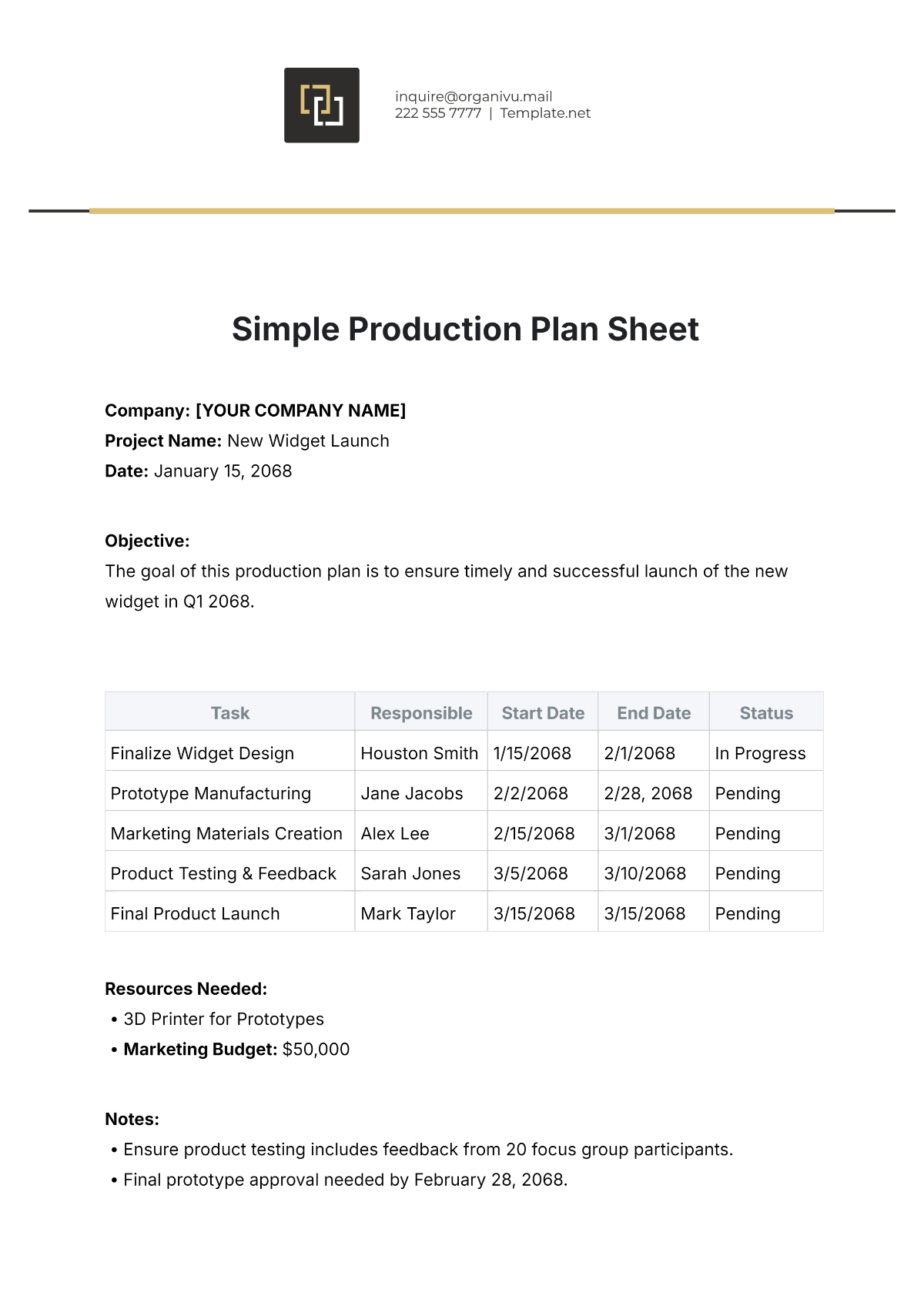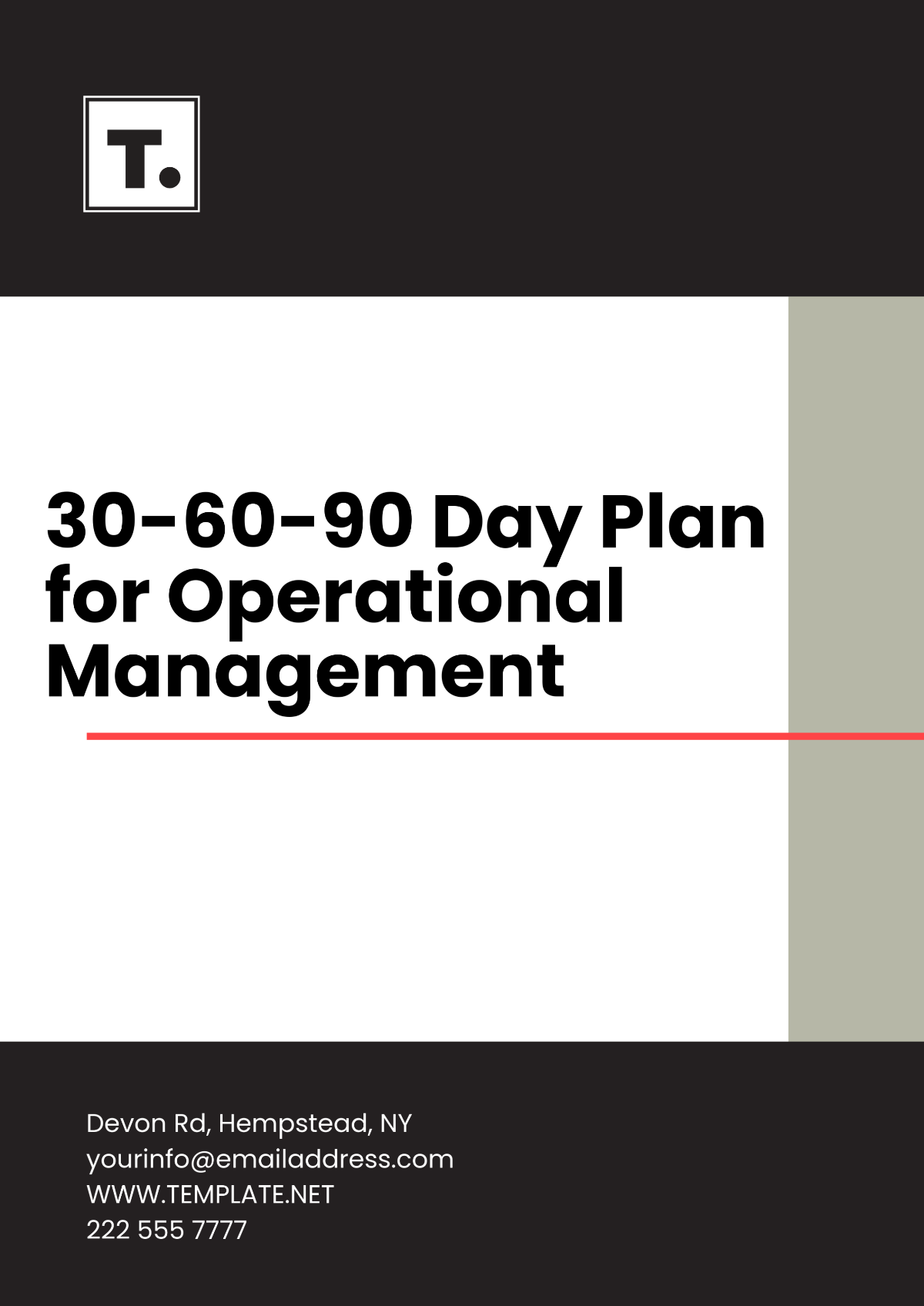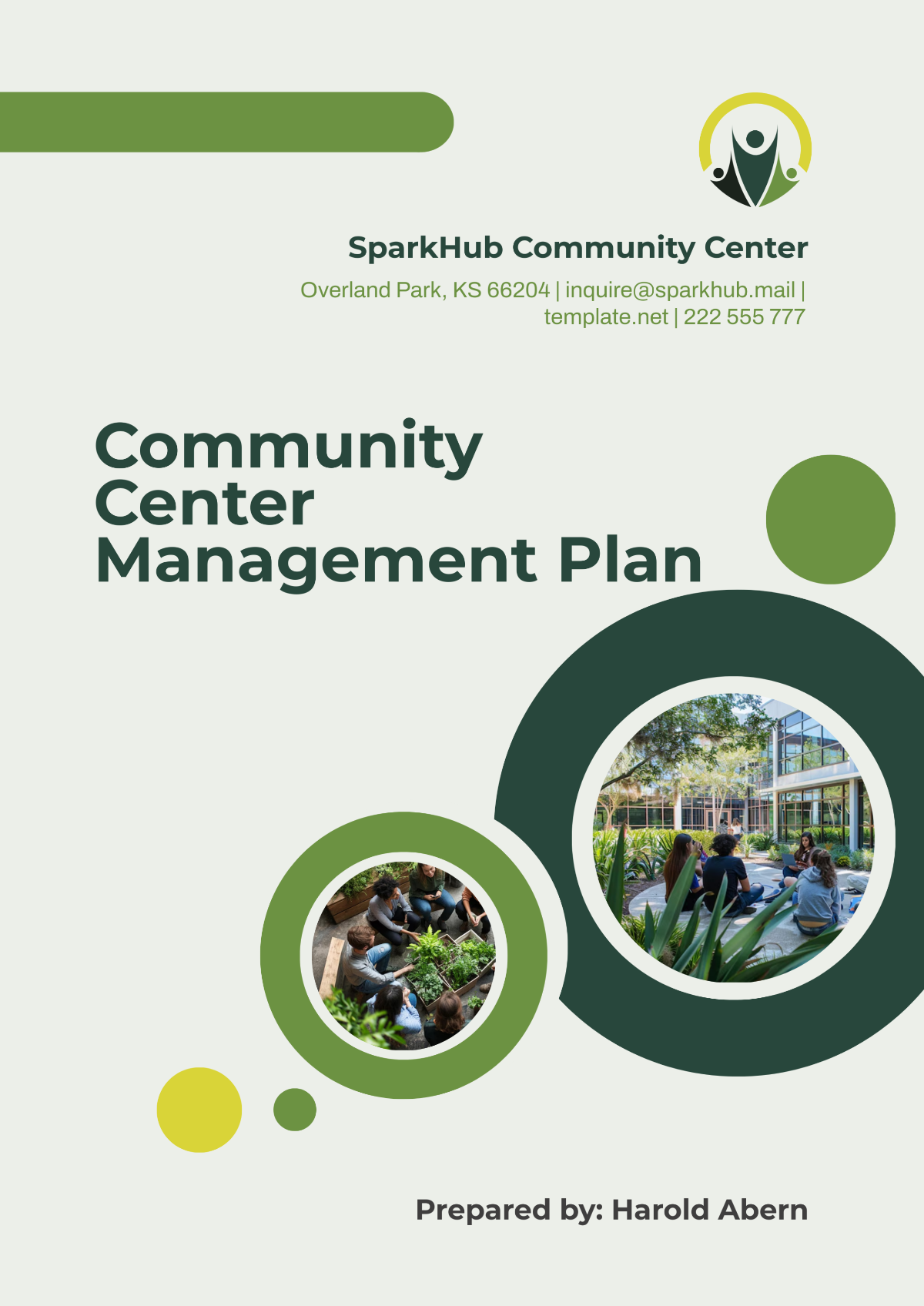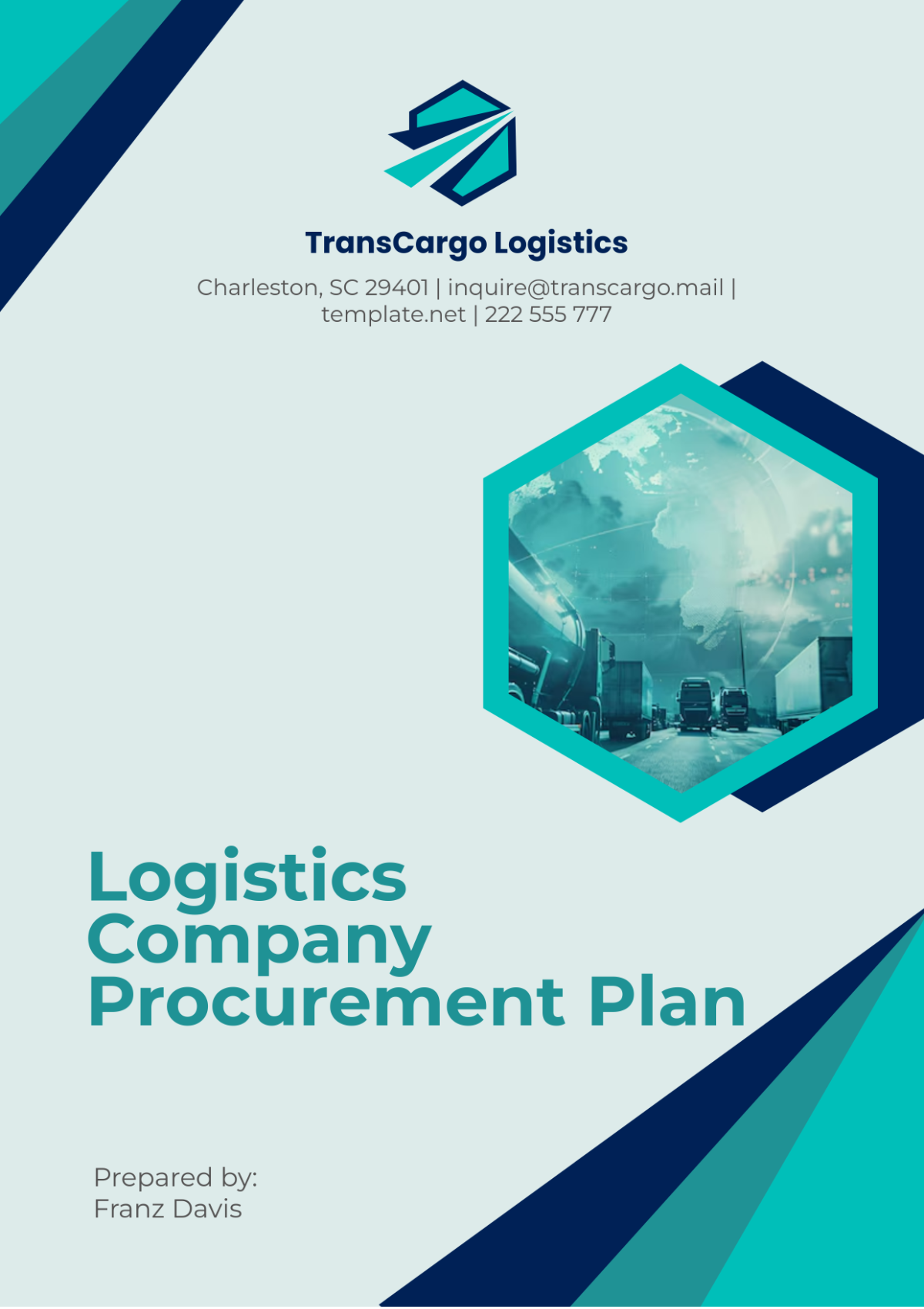Architecture Operational Plan
I. Executive Summary
A. Overview of the Plan
This Architecture Operational Plan outlines the strategy for implementing and managing the enterprise architecture over the next three years. It aims to ensure that IT initiatives are closely aligned with the organization's business objectives and operational needs, providing a robust framework for sustainable growth and innovation.
B. Purpose and Objectives
The purpose of this plan is to establish a structured approach to developing, maintaining, and evolving the organization's architecture. Objectives include:
Aligning IT infrastructure with strategic business goals
Enhancing the agility and scalability of IT systems to support business growth
Improving cost efficiency and resource utilization across the organization
C. Strategic Alignment
This plan aligns with the organization's strategic goals of digital transformation, customer-centric innovation, and operational excellence. It supports initiatives aimed at streamlining operations, improving customer experiences, and fostering a culture of continuous improvement and technological advancement.
II. Introduction
A. Background and Context
Our organization is embarking on a digital transformation journey to enhance its market position and operational capabilities. This plan is developed in response to the need for a robust architectural framework that supports these strategic initiatives and ensures seamless integration across all business units.
B. Scope of the Plan
This plan covers all aspects of enterprise architecture, including business, data, application, and technology domains. It encompasses current state assessment, future state vision, implementation roadmap, and governance, ensuring a comprehensive approach to architectural development and management.
C. Key Stakeholders
Key stakeholders include the CEO, CIO, business unit leaders, IT department, enterprise architects, and project managers. Their involvement is crucial for the successful execution of this plan, ensuring that all perspectives are considered and that the architecture meets the needs of the entire organization.
III. Objectives and Goals
A. Strategic Objectives
Support digital transformation initiatives by modernizing IT infrastructure and applications
Enhance operational efficiency and agility to quickly respond to market changes
Foster innovation and technological advancement to maintain a competitive edge
B. Specific Architectural Goals
Develop a scalable and flexible IT infrastructure that can grow with the business
Standardize data management practices to ensure data integrity and accessibility
Improve integration between business applications to streamline processes and enhance user experiences
C. Success Criteria and Metrics
Reduction in IT operational costs: Achieve a 20% reduction in IT operational costs over three years
System uptime: Maintain 95% uptime for critical systems
User satisfaction: Increase user satisfaction scores by 15%
Metric | Target | Current State |
|---|---|---|
IT Operational Costs | 20% reduction | $5 million annually |
System Uptime | 95% | 90% |
User Satisfaction | +15% | 70% satisfaction |
IV. Governance and Organizational Structure
A. Governance Framework
The governance framework ensures alignment with business strategy, compliance with standards, and effective decision-making. It includes oversight committees, regular review processes, and clearly defined escalation paths to address issues promptly and efficiently.
B. Roles and Responsibilities
1. Chief Architect
Lead the development and implementation of the architecture plan
Ensure alignment with strategic goals and facilitate communication among stakeholders
2. Enterprise Architects
Provide domain-specific expertise and develop architecture blueprints
Maintain and update architecture artifacts to reflect changes in business and technology
3. IT Governance Team
Ensure compliance with policies and standards, and support risk management efforts
Monitor adherence to architectural guidelines and frameworks
4. Project Managers
Oversee project execution, manage resources, and ensure timelines are met
Coordinate with various teams to ensure seamless implementation of architectural initiatives
5. Business Analysts
Gather and analyze business requirements to ensure alignment of IT solutions with business needs
Facilitate communication between business units and the IT department
6. IT Operations Team
Maintain and support IT infrastructure to ensure operational efficiency and reliability
Implement and monitor performance metrics to ensure systems meet business needs
C. Decision-Making Processes
Decisions are made through a structured process involving key stakeholders and governance bodies. Regular meetings and reviews, coupled with clear documentation and transparent communication, ensure timely and informed decision-making that supports the overall strategic goals.
V. Architecture Frameworks and Methodologies
A. Selected Frameworks (e.g., TOGAF, Zachman)
The TOGAF framework will be used as the primary methodology for developing the enterprise architecture. This ensures a standardized approach and comprehensive coverage of all architecture domains, facilitating consistency and alignment across the organization.
B. Standards and Guidelines
Standards and guidelines will be established for data management, application development, and technology integration. These will ensure consistency and interoperability across systems, and will be regularly reviewed and updated to reflect best practices and emerging trends.
C. Processes and Procedures
Defined processes and procedures will guide the development, approval, and maintenance of architecture artifacts. Regular reviews and updates will ensure ongoing relevance and alignment with business goals, while clear documentation will facilitate compliance and support continuous improvement.
VI. Current State Assessment
A. Existing Architecture Overview
The current state of the architecture includes a mix of legacy systems, modern applications, and fragmented data sources. Key areas of focus include improving system integration, updating outdated technology platforms, and standardizing data management practices to enhance overall efficiency and effectiveness.
B. Strengths and Weaknesses
Strengths:
Robust IT infrastructure with reliable hardware and software
Experienced IT staff with deep domain knowledge
Weaknesses:
Lack of integration between systems leading to data silos
Inconsistent data management practices causing inefficiencies
C. Gap Analysis
The gap analysis identifies areas where current capabilities fall short of future requirements. Key gaps include outdated technology platforms, insufficient data integration, and lack of standardized processes. Addressing these gaps will be critical to achieving the desired future state.
Area | Current State | Future State | Gap |
|---|---|---|---|
Technology Platforms | Legacy systems | Modern, scalable platforms | High |
Data Integration | Fragmented sources | Centralized data repository | High |
Process Standardization | Inconsistent | Standardized and documented | Medium |
VII. Future State Vision
A. Desired Architectural State
The future state envisions a cohesive, scalable, and agile architecture that supports business growth and innovation. This state includes a fully integrated IT environment, enhanced data management capabilities, and standardized processes across the organization, enabling better decision-making and operational efficiency.
B. Target Architecture Components
Modernized IT Infrastructure: Transition to cloud-based platforms for scalability and flexibility.
Centralized Data Repository: Implement a data warehouse to consolidate data from various sources, ensuring data integrity and accessibility.
Integrated Business Applications: Adopt an Enterprise Service Bus (ESB) to facilitate seamless communication between applications.
C. Alignment with Business Goals
The future state architecture will enable the organization to achieve its strategic goals by improving operational efficiency, enhancing customer experiences, and supporting innovation. It aligns with business objectives by providing a robust and flexible IT foundation that can adapt to changing market conditions and business needs.
VIII. Implementation Roadmap
A. Phased Approach
The implementation will be carried out in phases, with each phase focusing on specific objectives and deliverables. This approach ensures manageable workloads and continuous progress while allowing for adjustments based on feedback and changing requirements.
B. Key Milestones and Deliverables
Phase 1: Assessment and Planning (Q1-Q2 Year 1)
Deliverables: Detailed project plan, stakeholder engagement strategy, initial current state assessment.
Phase 2: Infrastructure Modernization (Q3-Q4 Year 1)
Deliverables: Cloud migration plan, updated IT infrastructure, initial training sessions for IT staff.
Phase 3: Application Integration (Year 2)
Deliverables: Implement ESB, integrated business applications, pilot testing with key business units.
Phase 4: Data Management Enhancements (Year 3)
Deliverables: Centralized data repository, standardized data management practices, comprehensive data governance framework.
C. Timeline and Schedule
A detailed timeline will be developed for each phase, including key activities, milestones, and deadlines. Regular progress reviews will ensure adherence to the schedule and allow for timely identification and resolution of any issues.
Phase | Key Activities | Timeline | Milestones |
|---|---|---|---|
Assessment and Planning | Stakeholder meetings, project planning | Q1-Q2 Year 1 | Completed project plan |
Infrastructure Modernization | Cloud migration, infrastructure upgrade | Q3-Q4 Year 1 | Cloud platform live |
Application Integration | ESB implementation, application testing | Year 2 | Integrated systems operational |
Data Management Enhancements | Data warehouse setup, governance policies | Year 3 | Centralized data repository live |
IX. Resource Allocation
A. Budget and Financial Planning
A comprehensive budget will be developed, covering all aspects of the implementation, including hardware, software, personnel, and training. Financial planning will ensure efficient resource utilization and will include contingency funds to address unexpected expenses.
Category | Estimated Cost |
|---|---|
Hardware | $[000,000] |
Software | $[000,000] |
Personnel | $[000,000] |
Training | $[000,000] |
Contingency | $[000,000] |
Total | $[000,000] |
B. Human Resources and Skill Requirements
Key personnel required include enterprise architects, IT specialists, project managers, and business analysts. Training programs will be developed to enhance the necessary skills, ensuring the team is equipped to handle the new technologies and processes.
Role | Number of Personnel | Training Required |
|---|---|---|
Enterprise Architects | 3 | TOGAF Certification |
IT Specialists | 10 | Cloud Platforms, ESB |
Project Managers | 2 | Agile Methodologies |
Business Analysts | 5 | Data Management, BI Tools |
C. Tools and Technologies
The implementation will leverage modern tools and technologies, including cloud platforms (e.g., AWS, Azure), integration middleware (e.g., MuleSoft, Apache Camel), and data management solutions (e.g., Snowflake, Apache Hadoop). These tools will support the achievement of architectural goals and enhance overall operational efficiency.
X. Risk Management
A. Risk Identification
Potential risks include budget overruns, resistance to change, and technical challenges. Other risks include data security concerns during the cloud migration and potential downtime during system integrations.
B. Risk Assessment and Impact Analysis
Each identified risk will be assessed for its potential impact and likelihood. This analysis will inform the development of mitigation strategies, ensuring proactive management of risks.
Risk | Impact | Likelihood | Mitigation Strategy |
|---|---|---|---|
Budget Overruns | High | Medium | Contingency funds, regular financial reviews |
Resistance to Change | Medium | High | Change management programs, stakeholder engagement |
Technical Challenges | High | Medium | Technical evaluations, pilot testing |
Data Security | High | Low | Enhanced security protocols, data encryption |
System Downtime | Medium | Medium | Scheduled maintenance, redundancy plans |
C. Mitigation Strategies
Mitigation strategies include establishing a contingency budget, developing change management programs, conducting thorough technical evaluations before implementation, enhancing security protocols, and planning for scheduled maintenance to minimize downtime.
XI. Performance Metrics and Monitoring
A. Key Performance Indicators (KPIs)
KPIs will include system uptime, user satisfaction scores, cost savings, and project milestones. These metrics will provide a clear indication of the architecture's performance and its alignment with strategic goals.
KPI | Target | Current State | Measurement Frequency |
|---|---|---|---|
System Uptime | 95% | 90% | Monthly |
User Satisfaction | +15% | 70% | Quarterly |
IT Operational Costs | 20% reduction | $5 million annually | Annually |
Project Milestones | On-time completion | N/A | Monthly |
B. Monitoring and Reporting Processes
Regular monitoring will be conducted to track progress against KPIs. Reporting processes will include monthly status reports, performance dashboards, and quarterly performance reviews. These reports will be shared with key stakeholders to ensure transparency and accountability.
C. Review and Adjustment Cycles
The plan will be reviewed and adjusted on a regular basis to ensure ongoing alignment with business objectives and respond to any emerging challenges or opportunities. Regular feedback loops will facilitate continuous improvement and adaptation.
XII. Communication Plan
A. Stakeholder Engagement Strategies
Stakeholder engagement will be achieved through regular communication, involvement in decision-making, and feedback mechanisms. Engaging stakeholders early and often will ensure their buy-in and support for the plan.
B. Communication Channels and Frequency
Communication channels will include email updates, intranet postings, and regular meetings. Frequency will vary, with weekly updates for the project team, bi-weekly meetings for key stakeholders, and monthly updates for senior management.
C. Reporting Mechanisms
Reporting mechanisms will include detailed progress reports, performance dashboards, and executive summaries. These will provide stakeholders with clear and actionable information, facilitating informed decision-making and timely intervention if needed.
XIII. Continuous Improvement
A. Feedback Loops
Feedback will be gathered from stakeholders through surveys, focus groups, and regular reviews. This feedback will inform continuous improvement efforts, ensuring the architecture remains relevant and effective.
B. Lessons Learned
Lessons learned from each phase of implementation will be documented and shared. These insights will help improve future phases and similar initiatives, promoting a culture of learning and adaptation.
C. Plan Updates and Revisions
The operational plan will be updated and revised based on feedback, performance data, and changing business needs. Regular reviews will ensure its ongoing relevance and effectiveness, allowing the organization to adapt to evolving challenges and opportunities.
